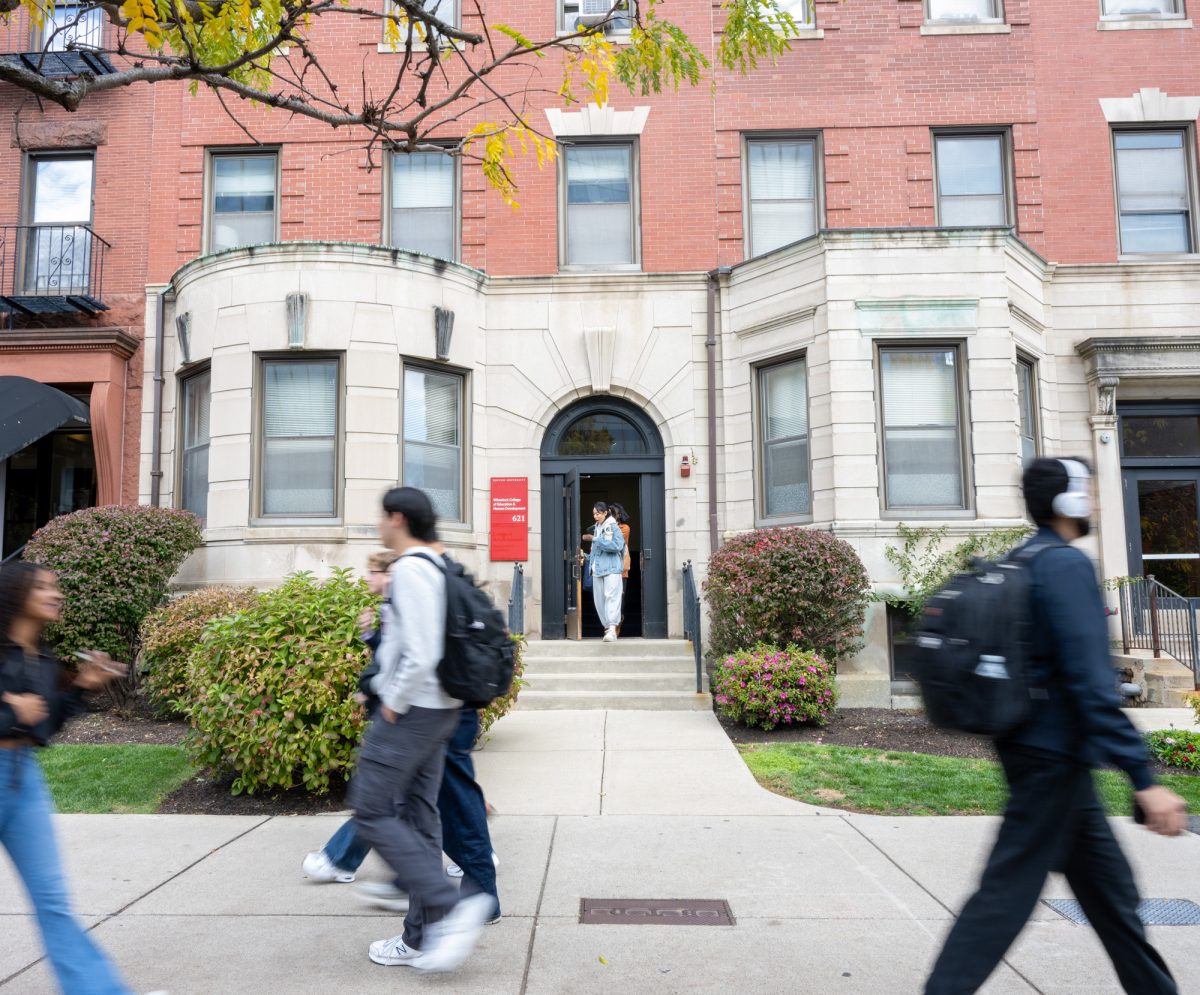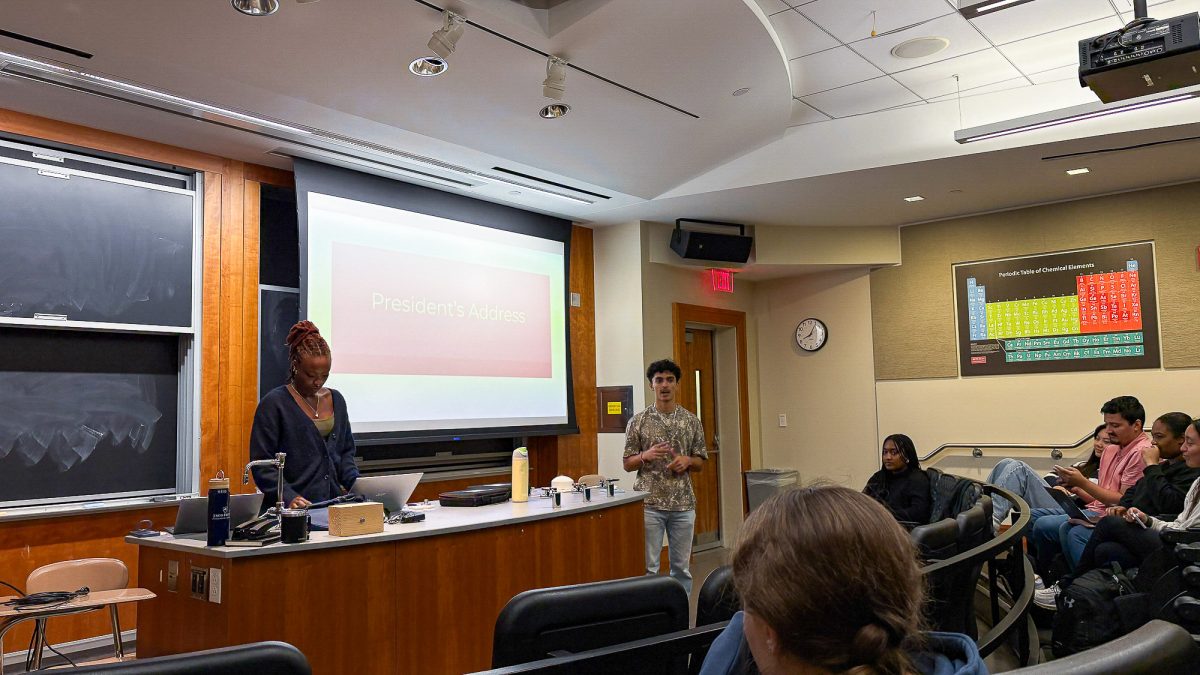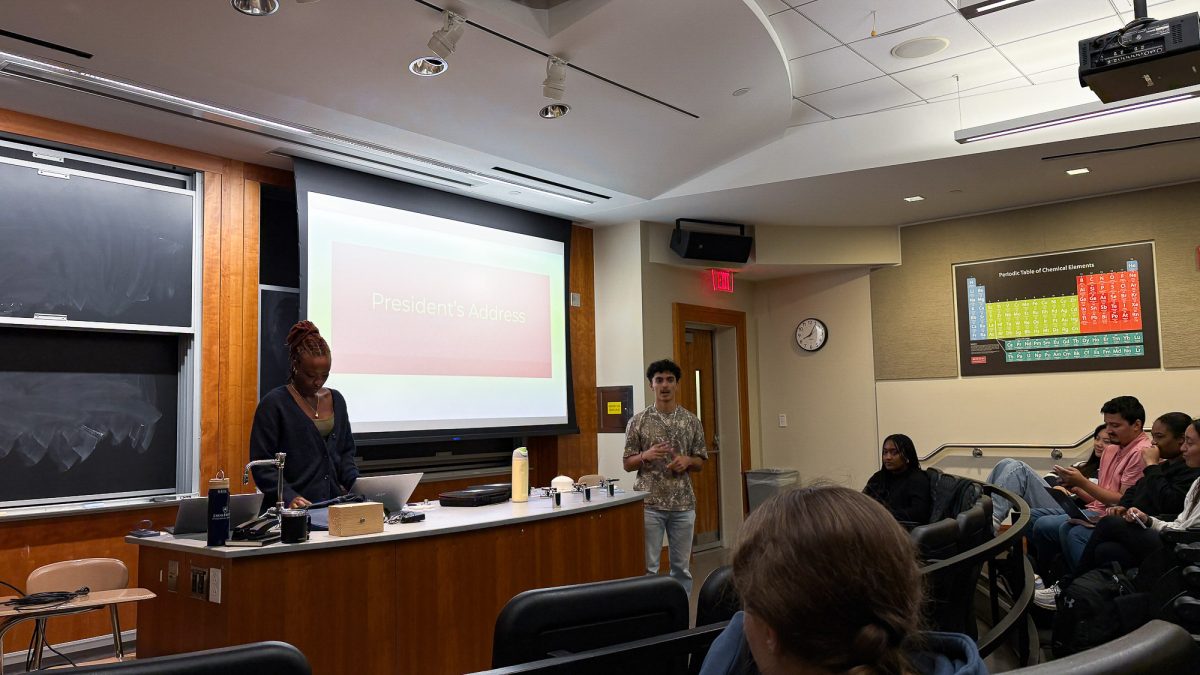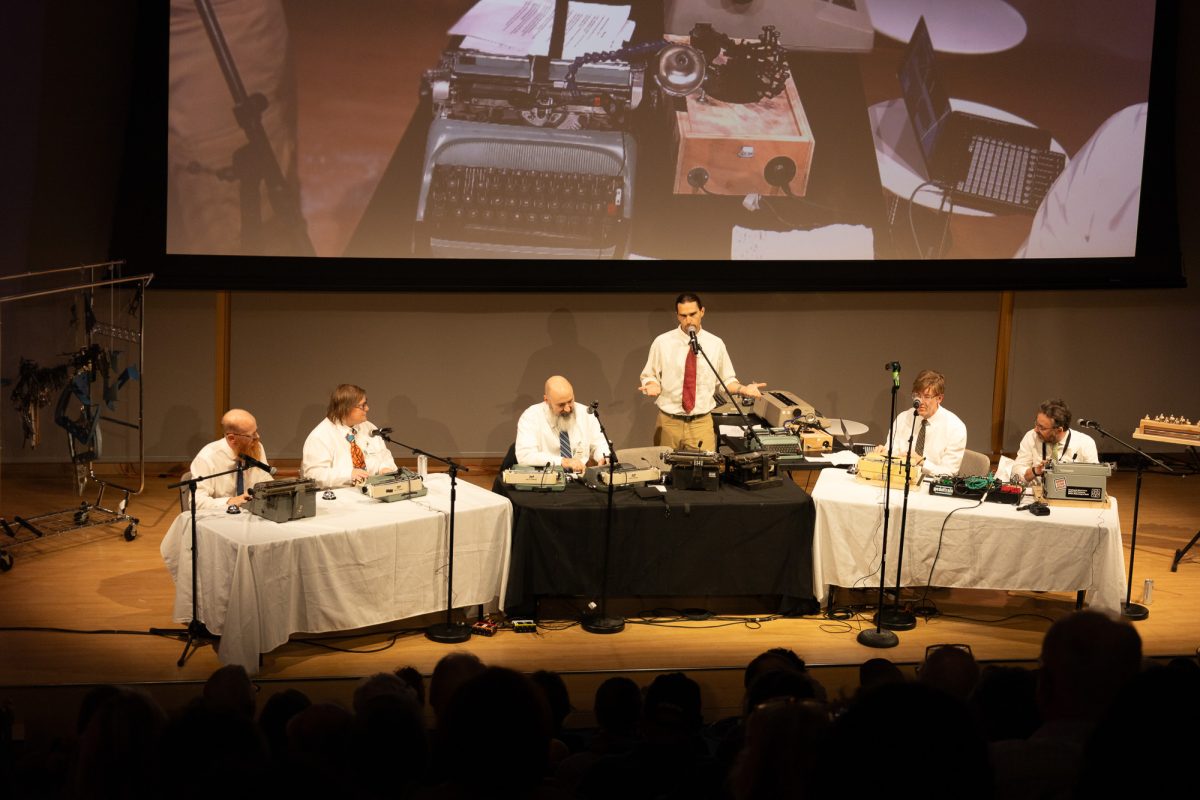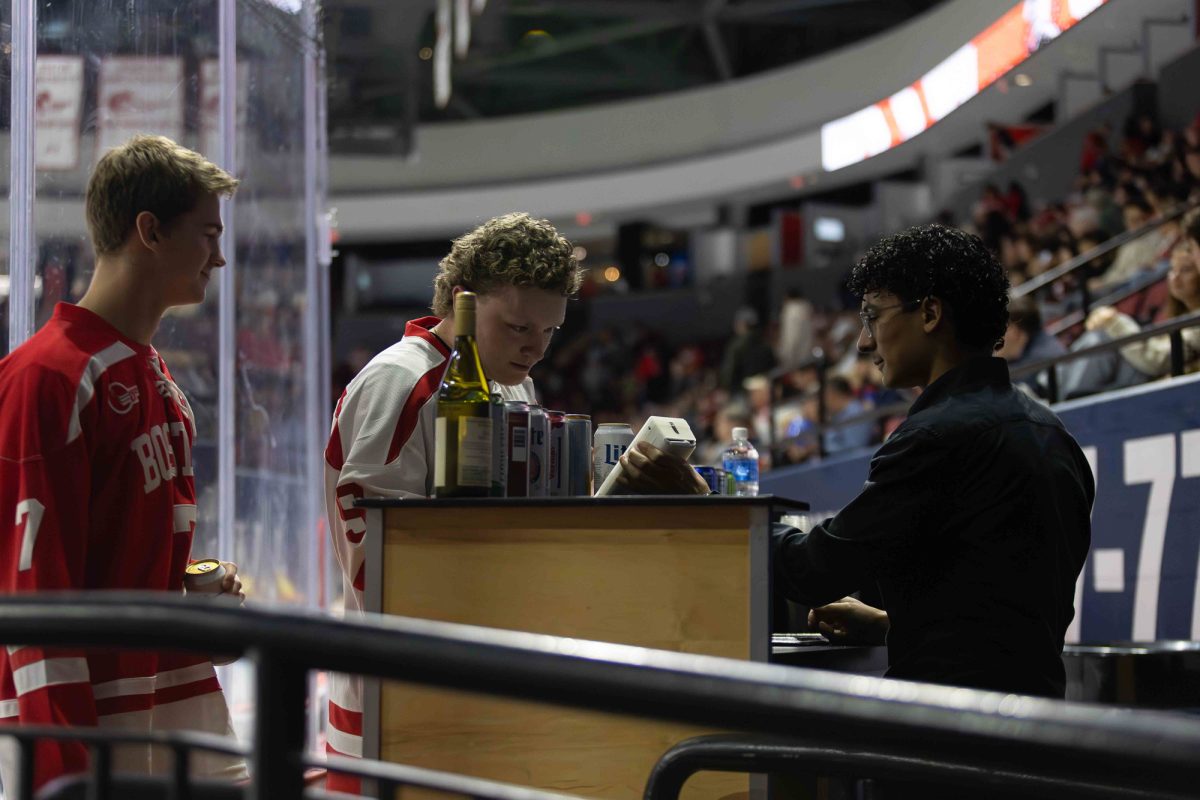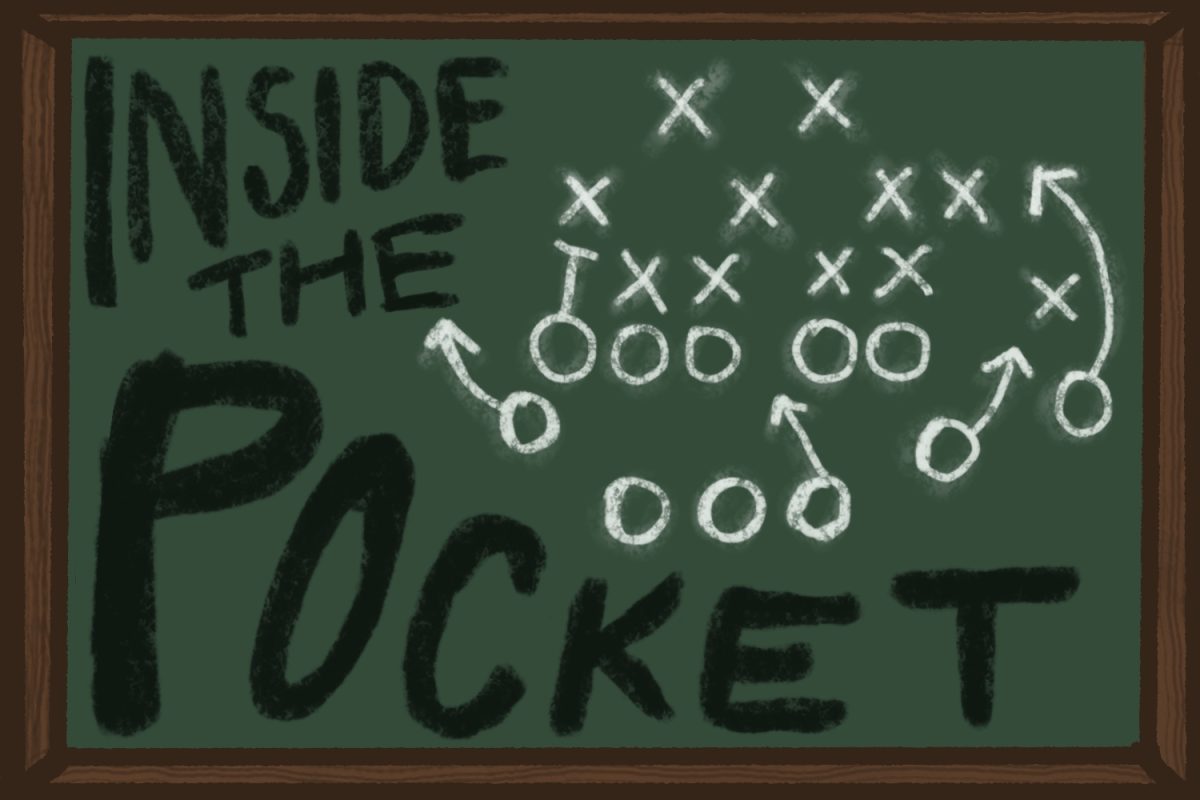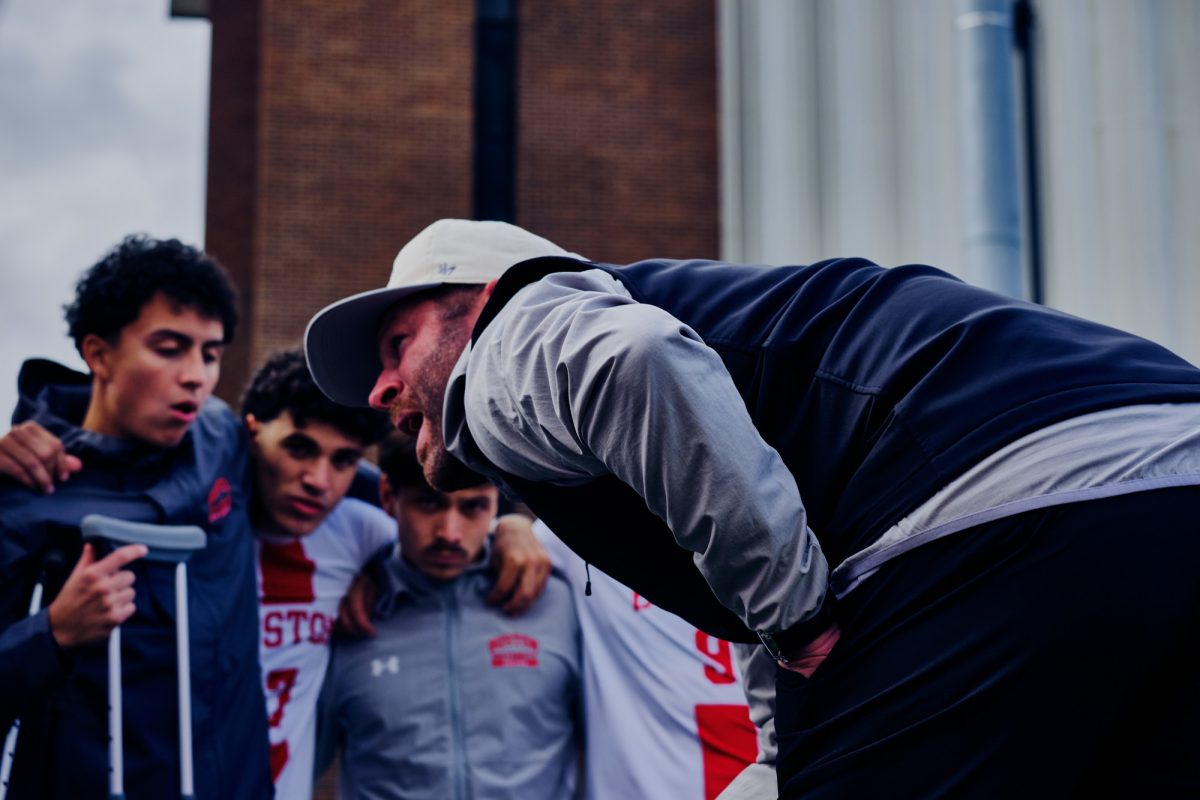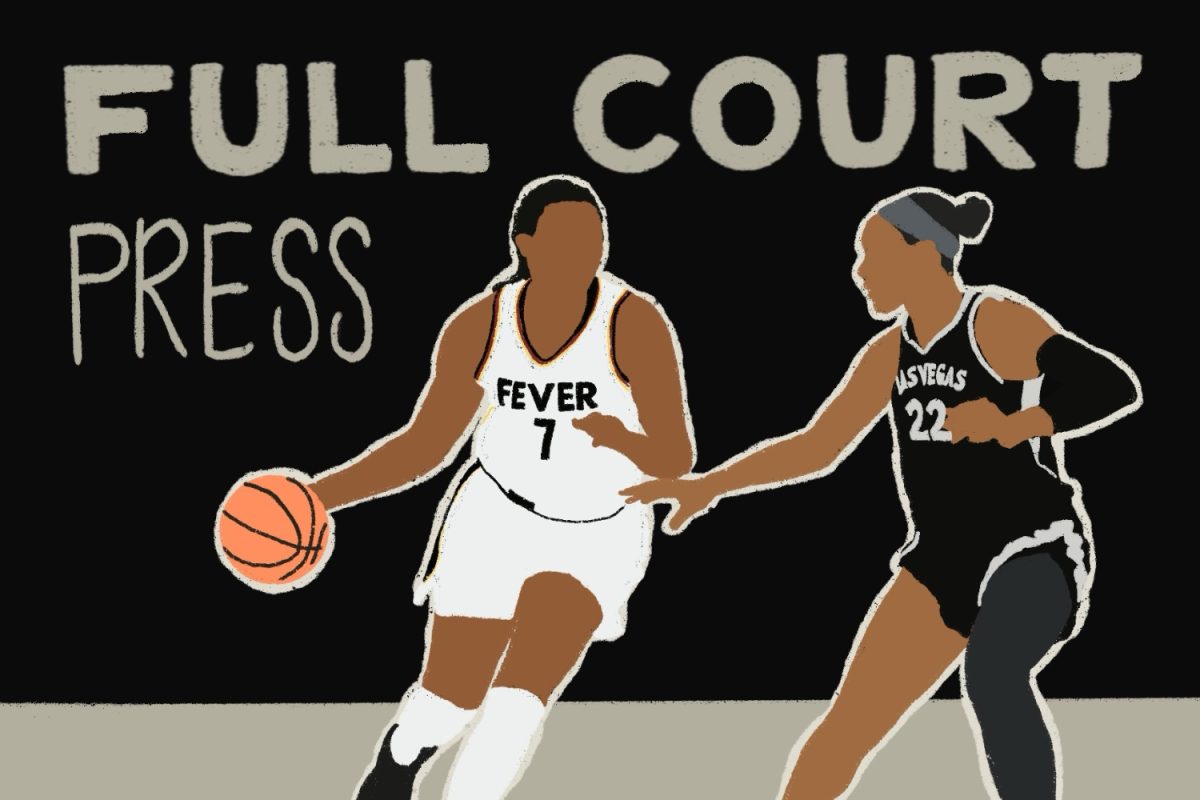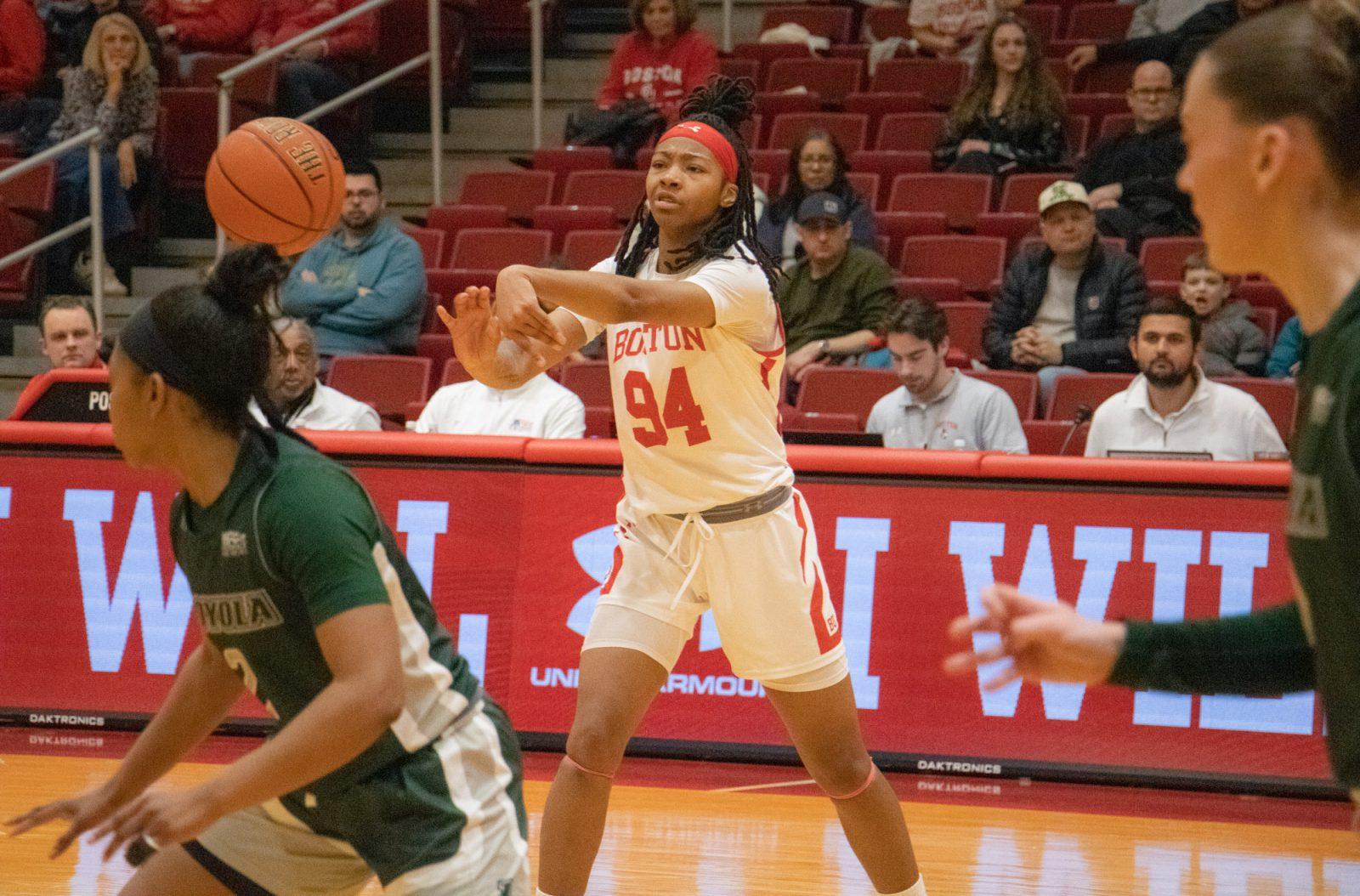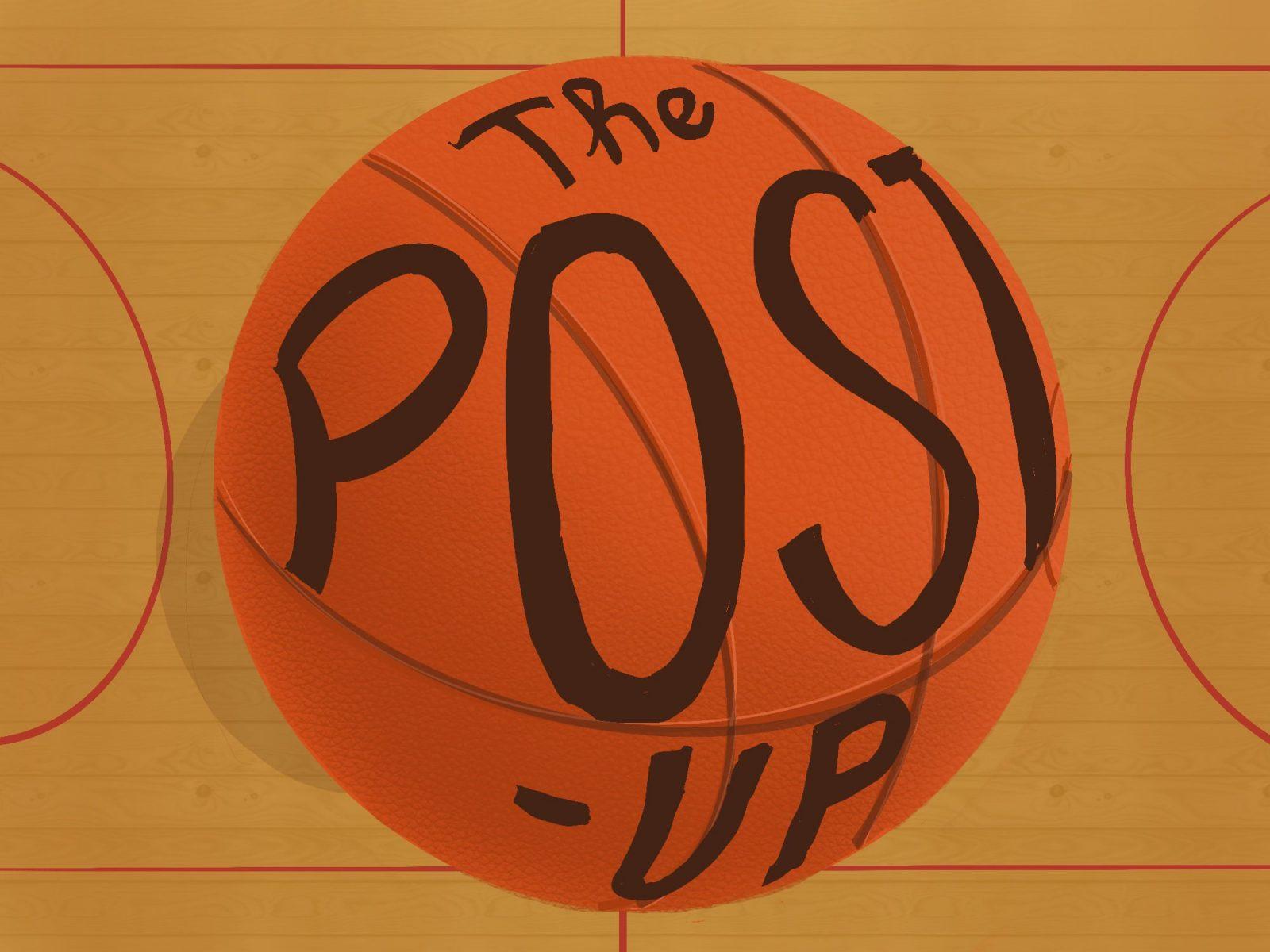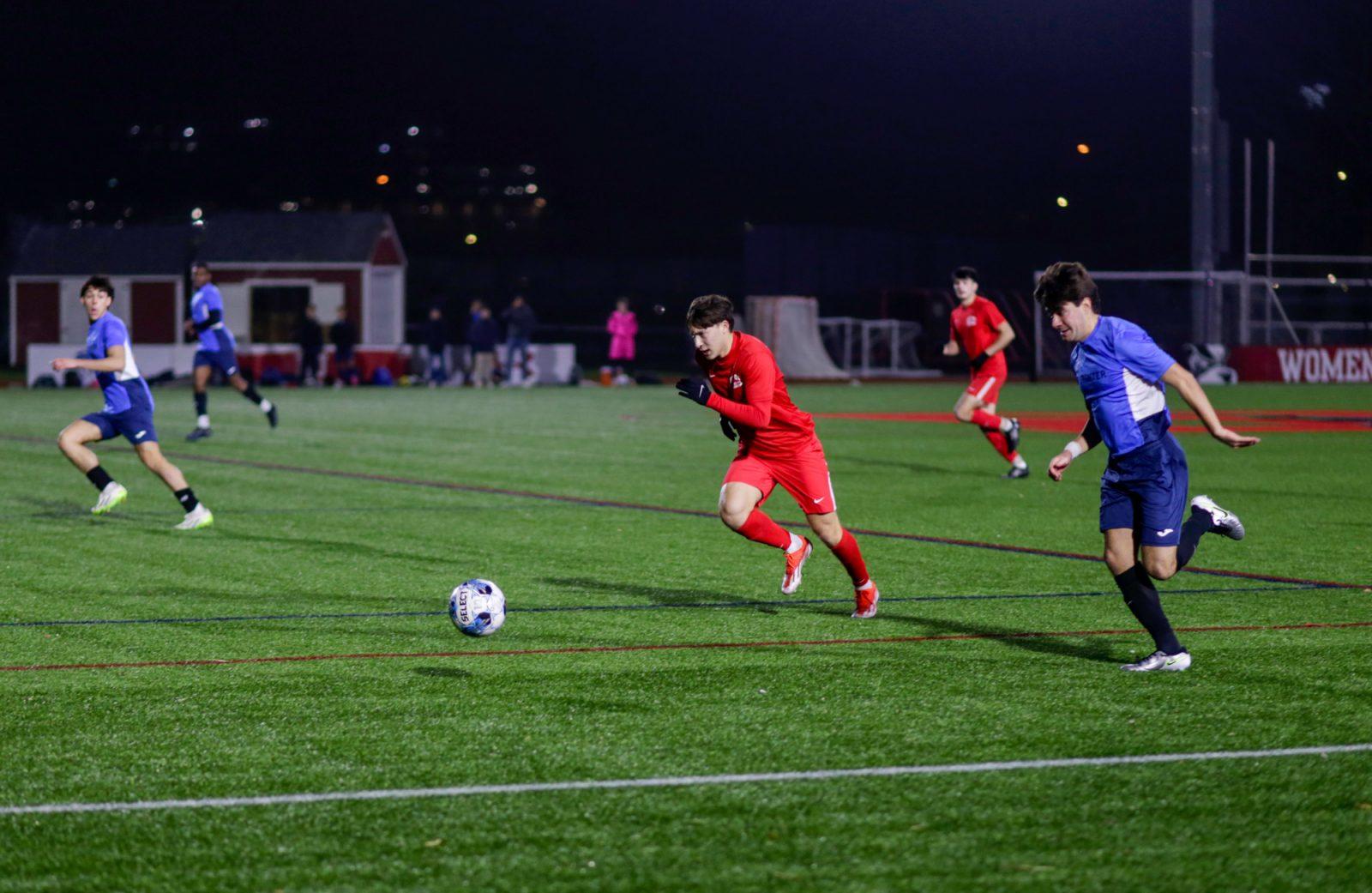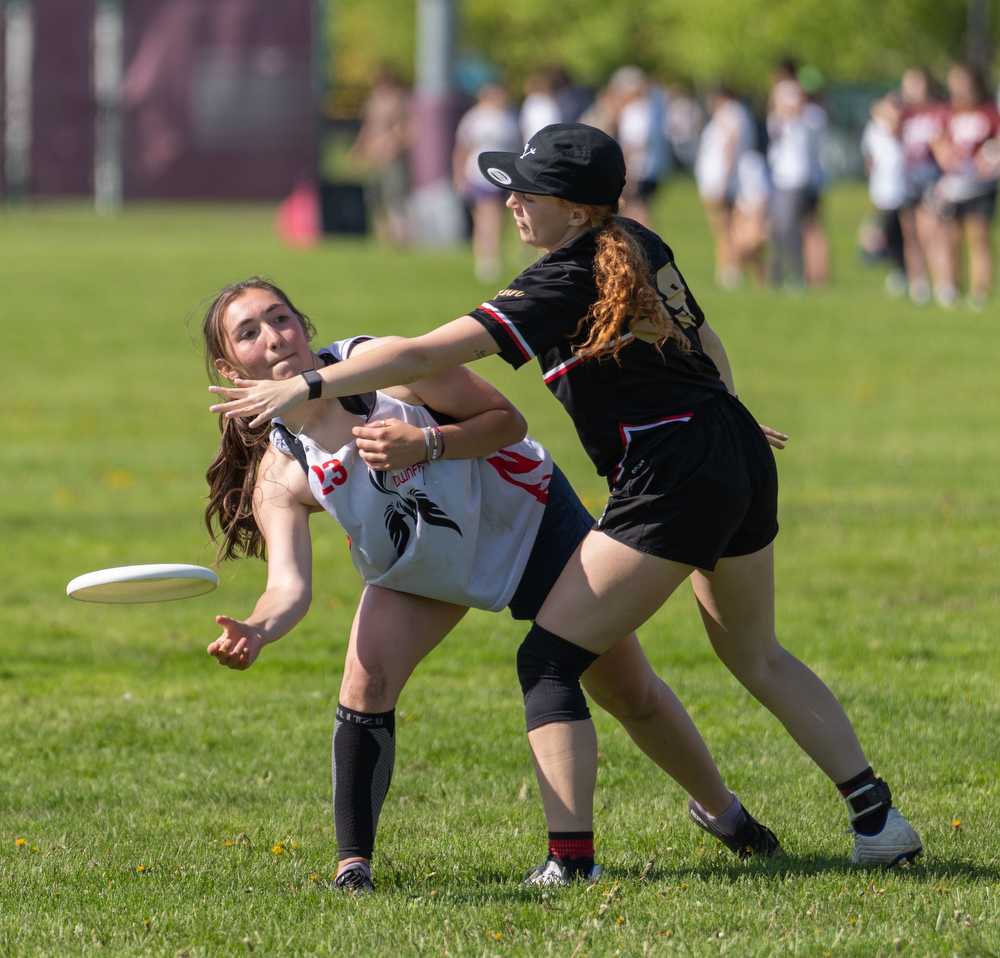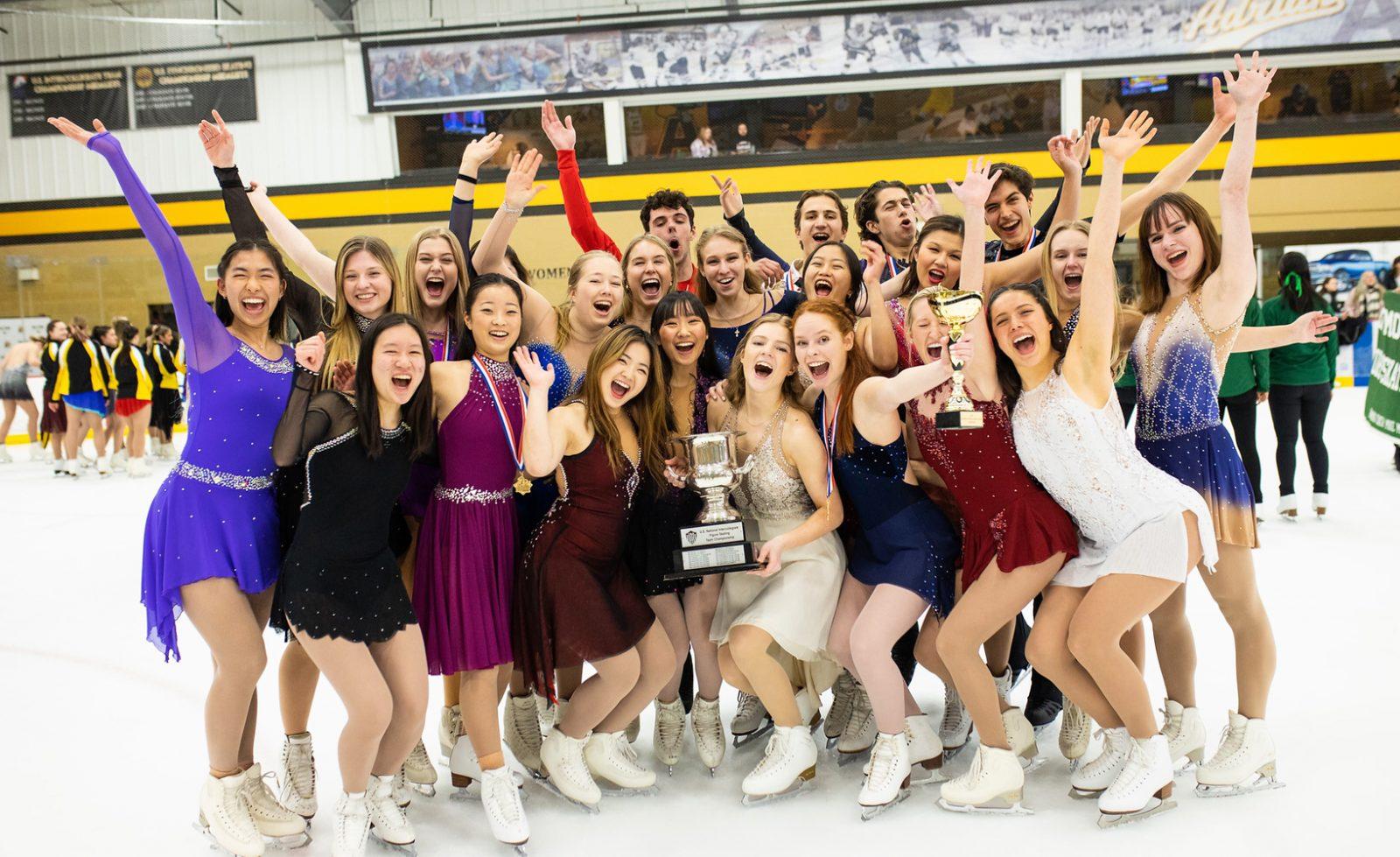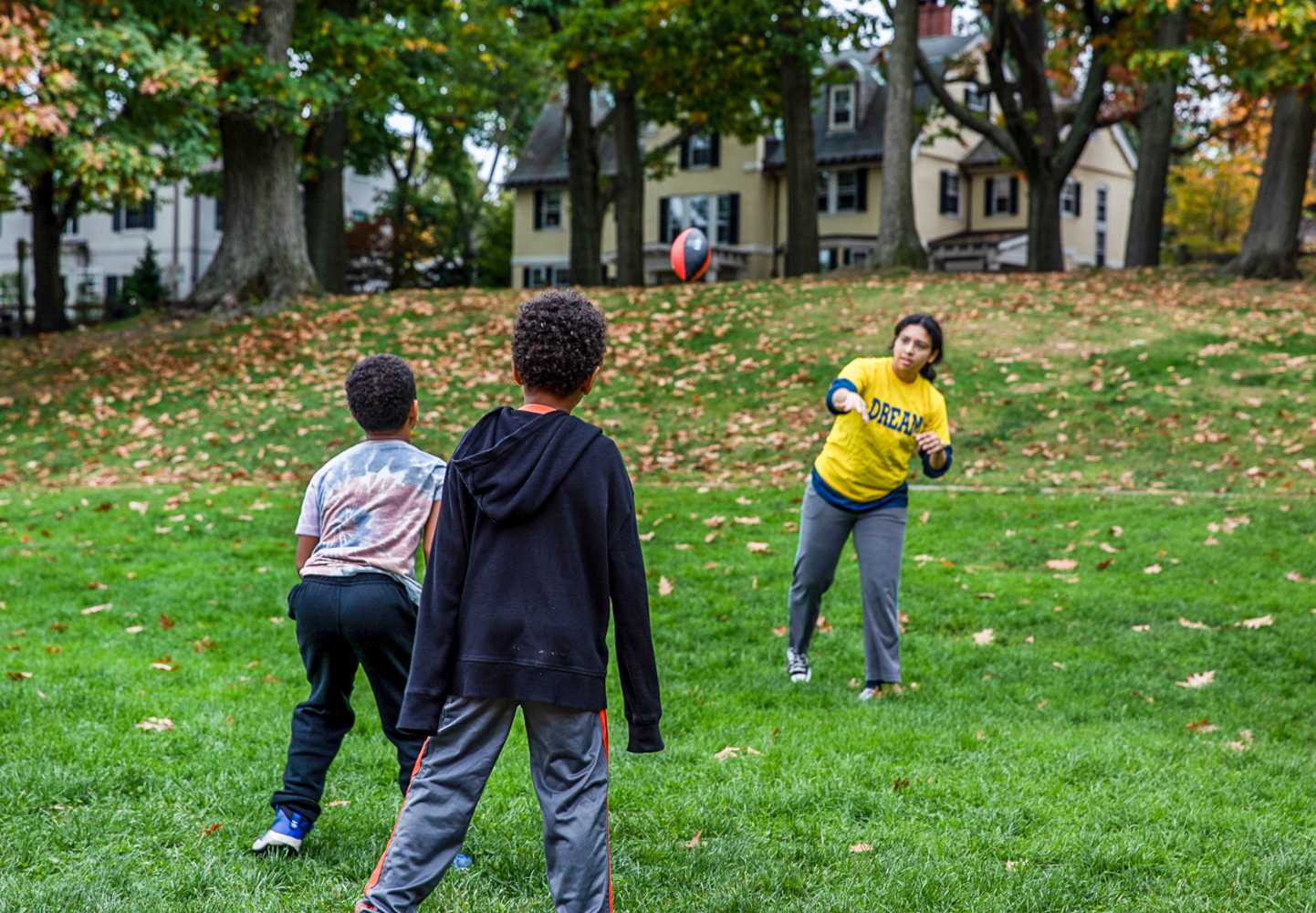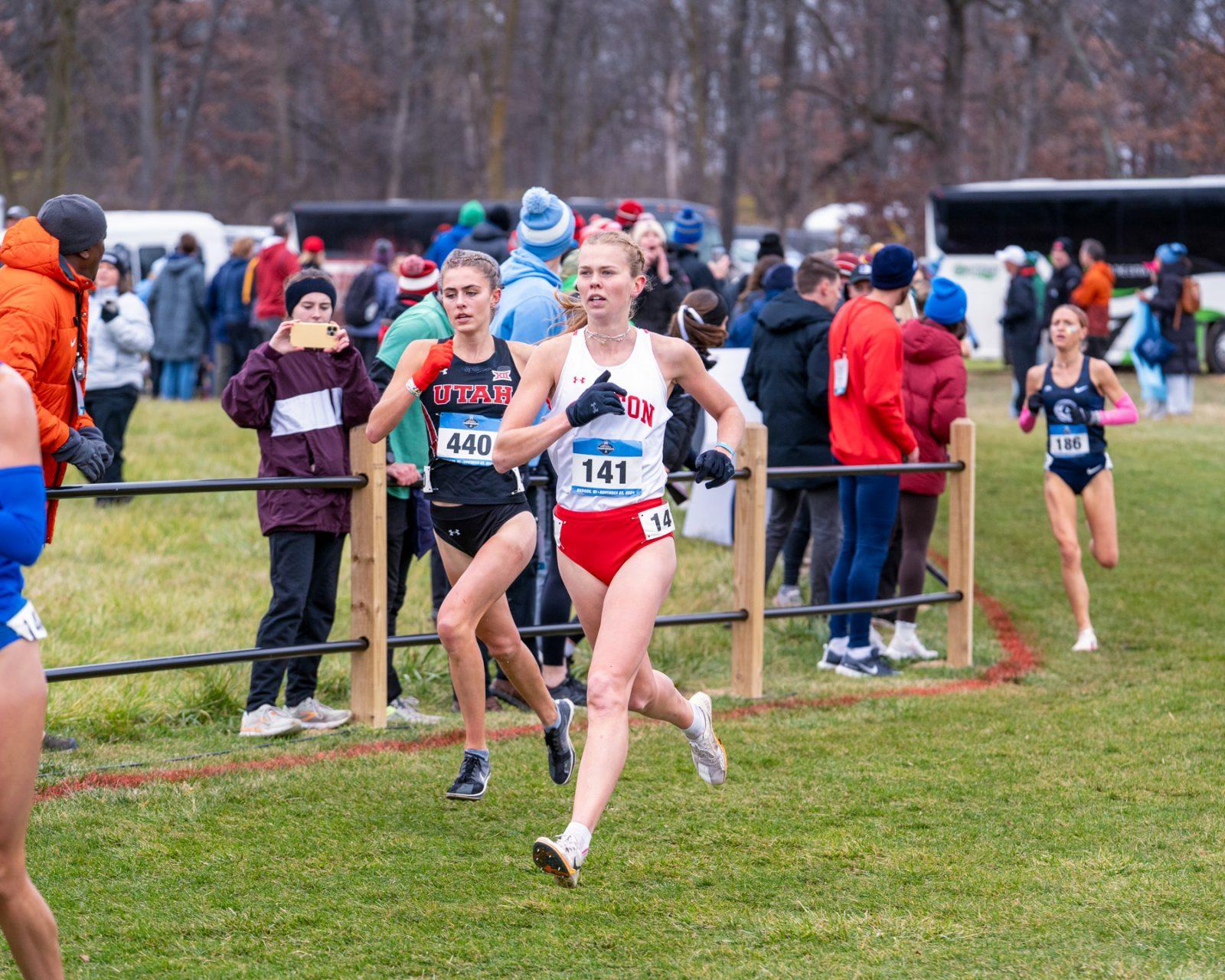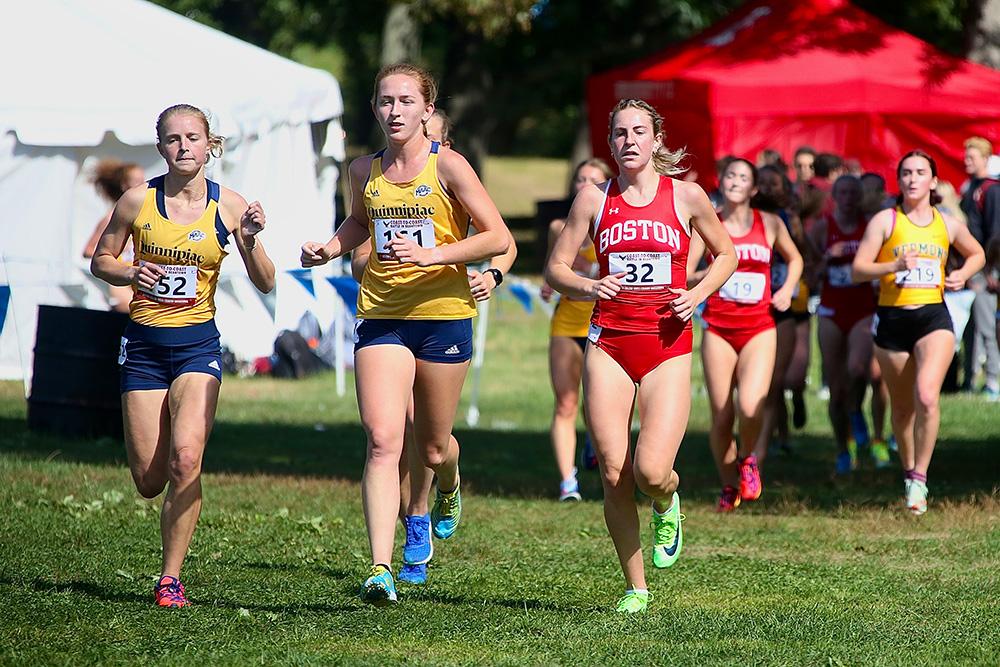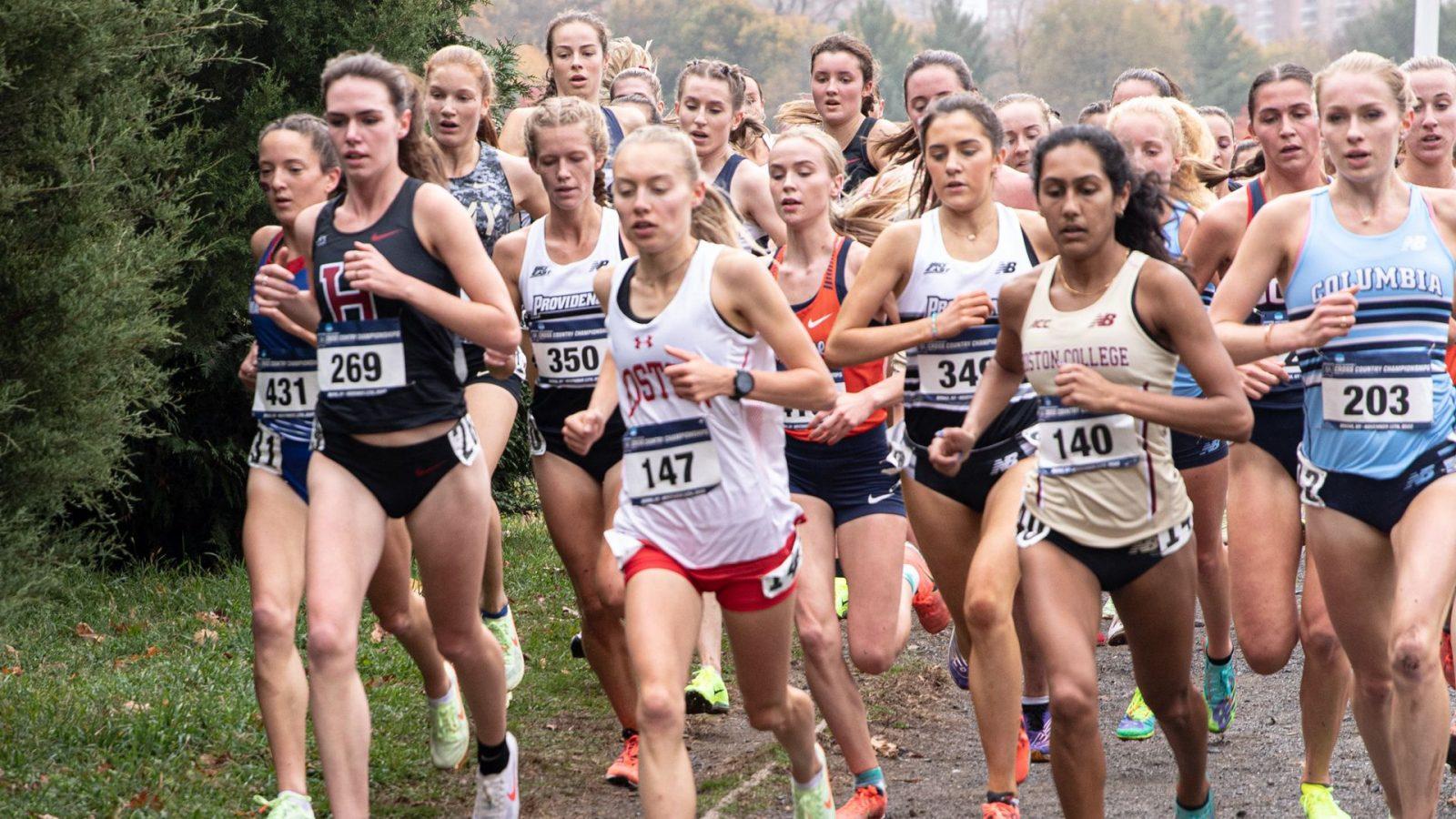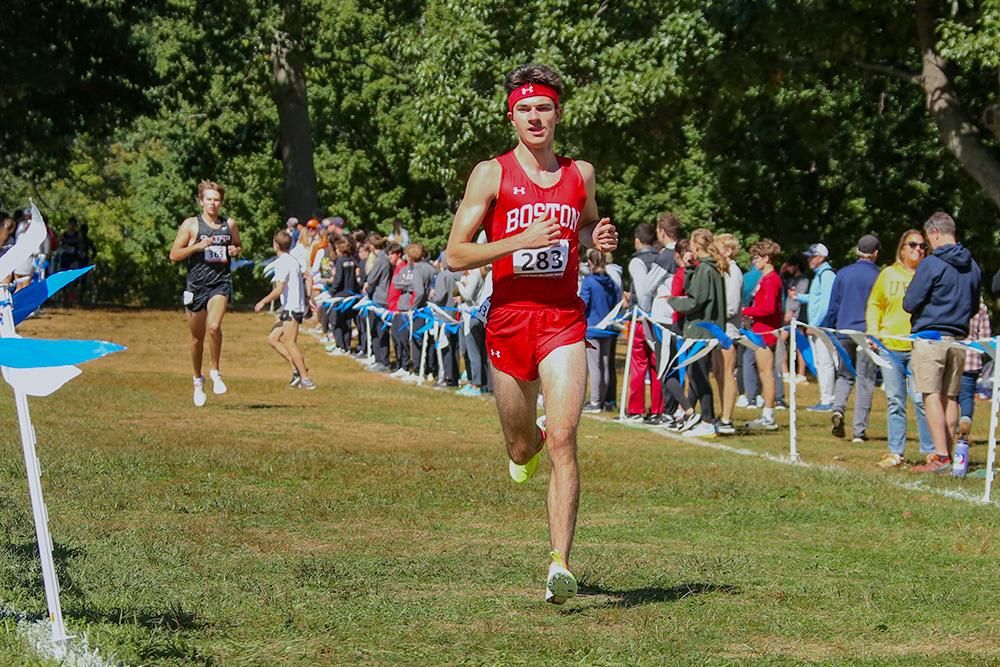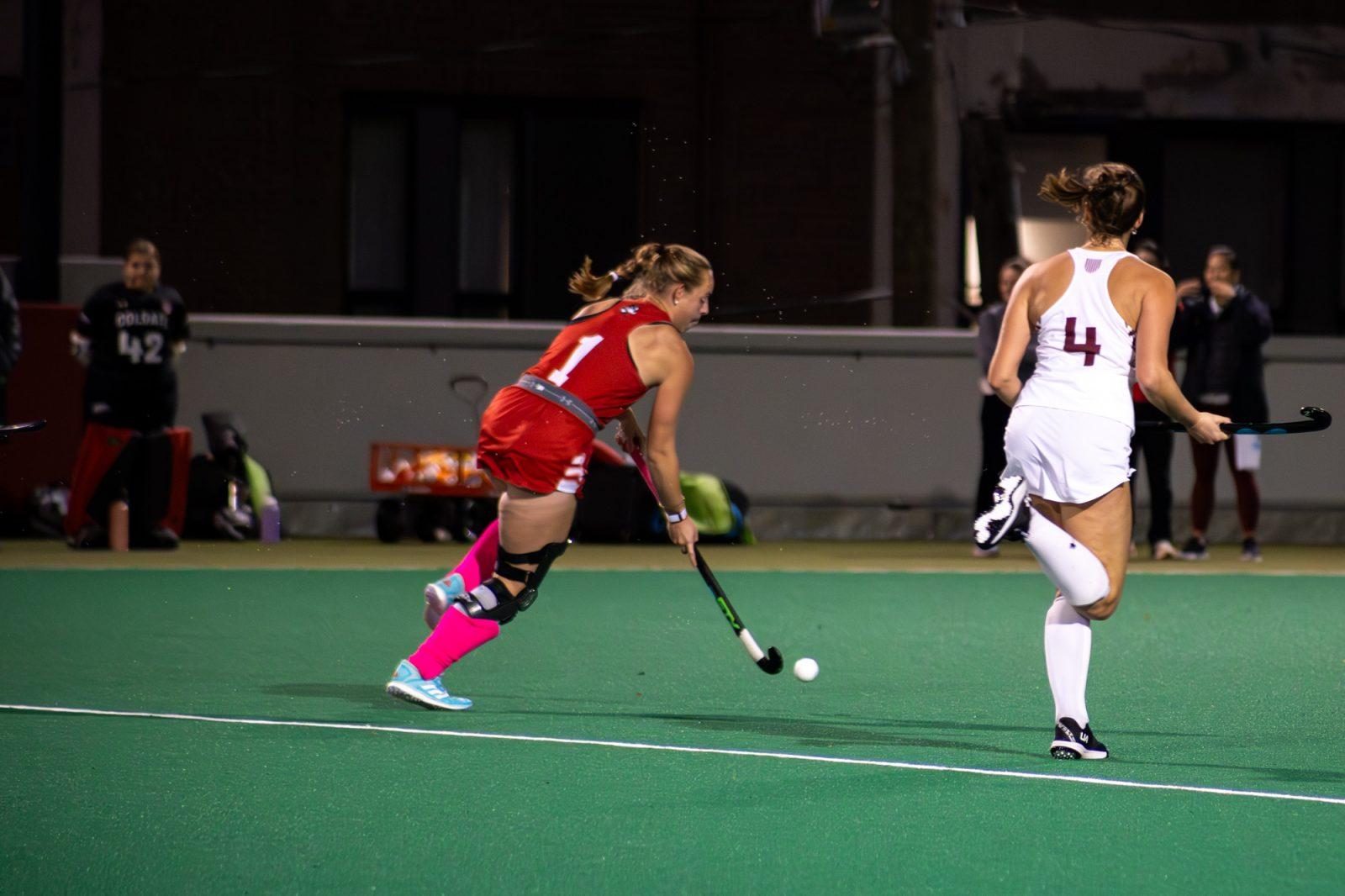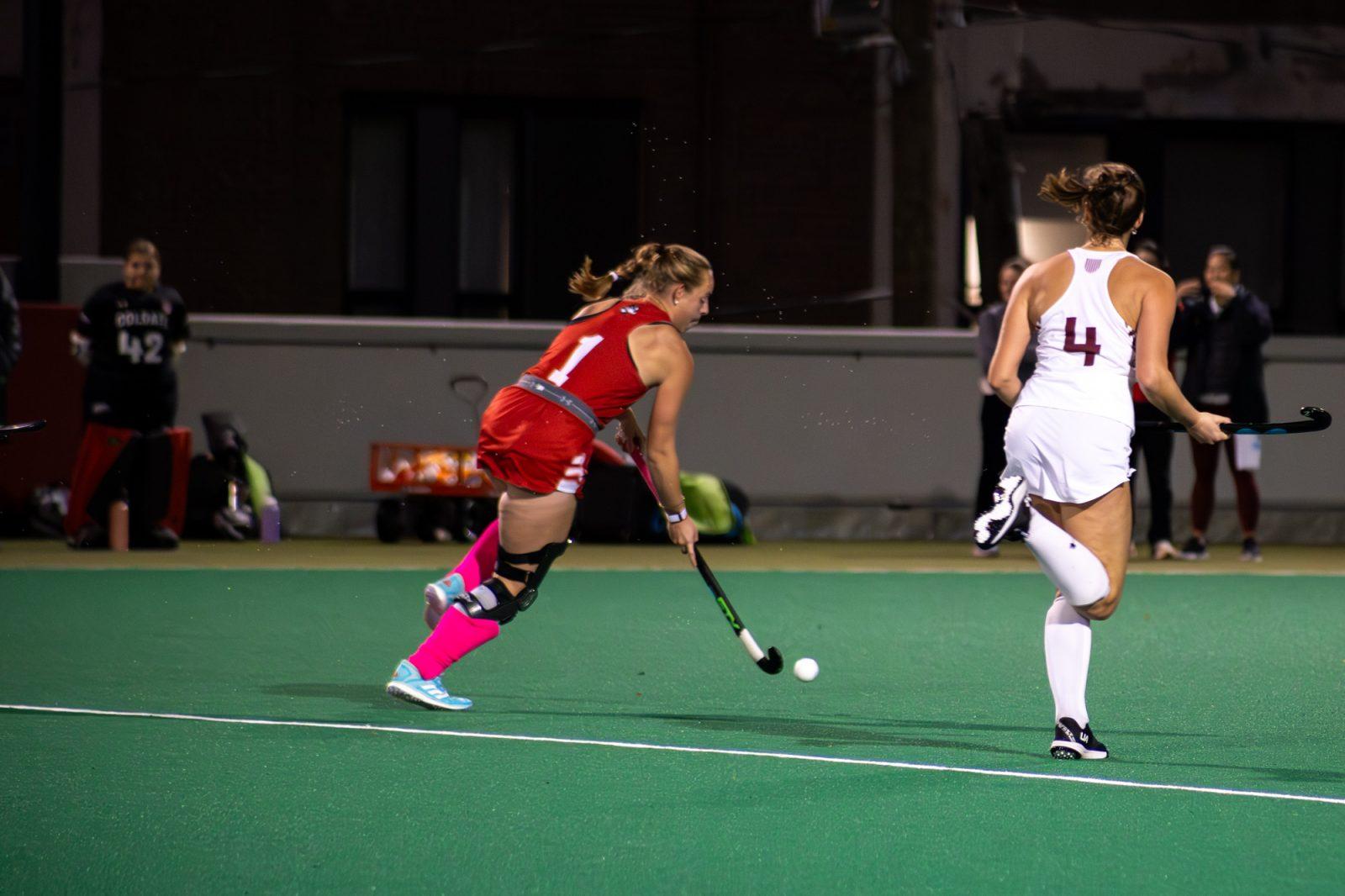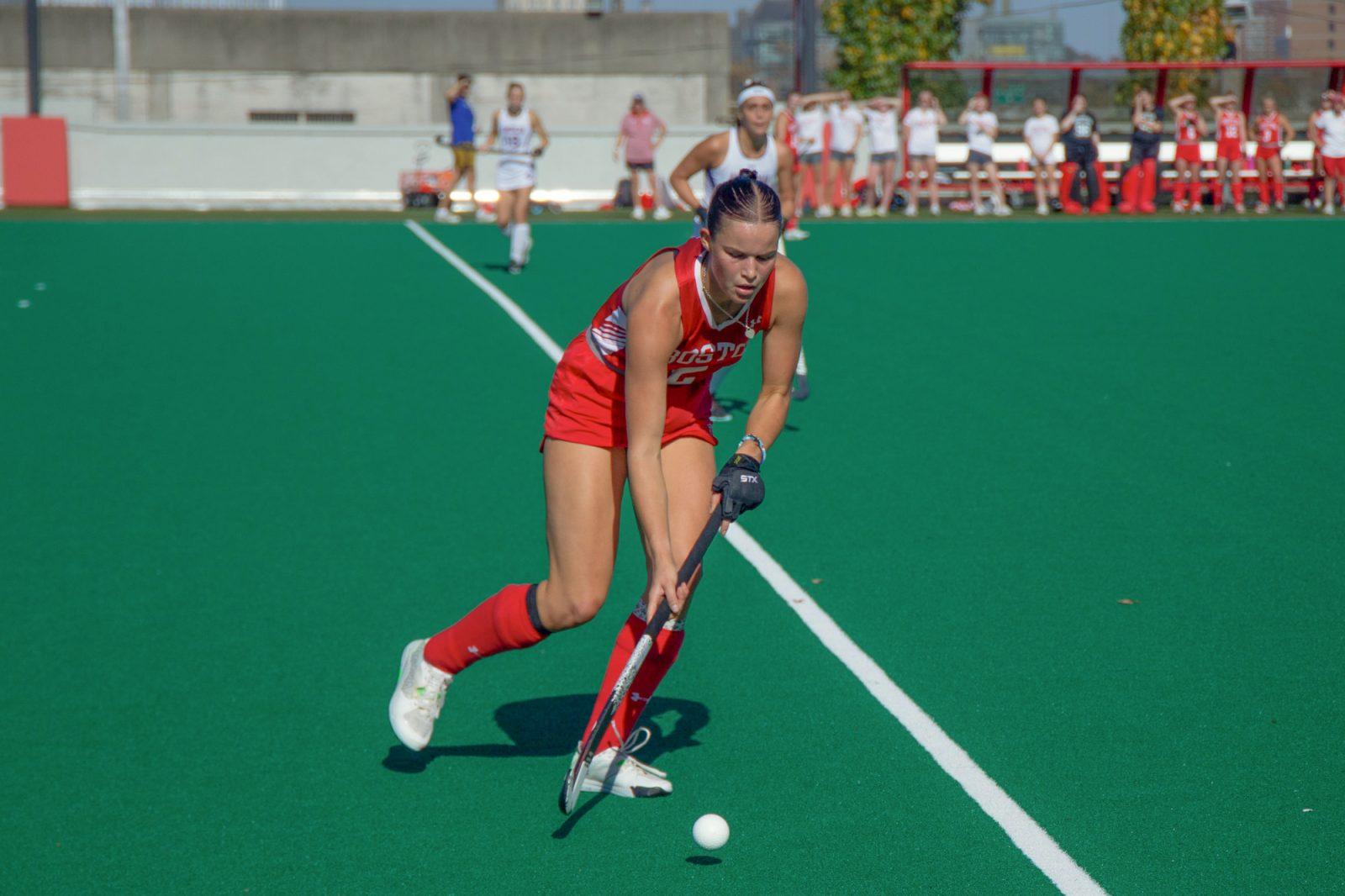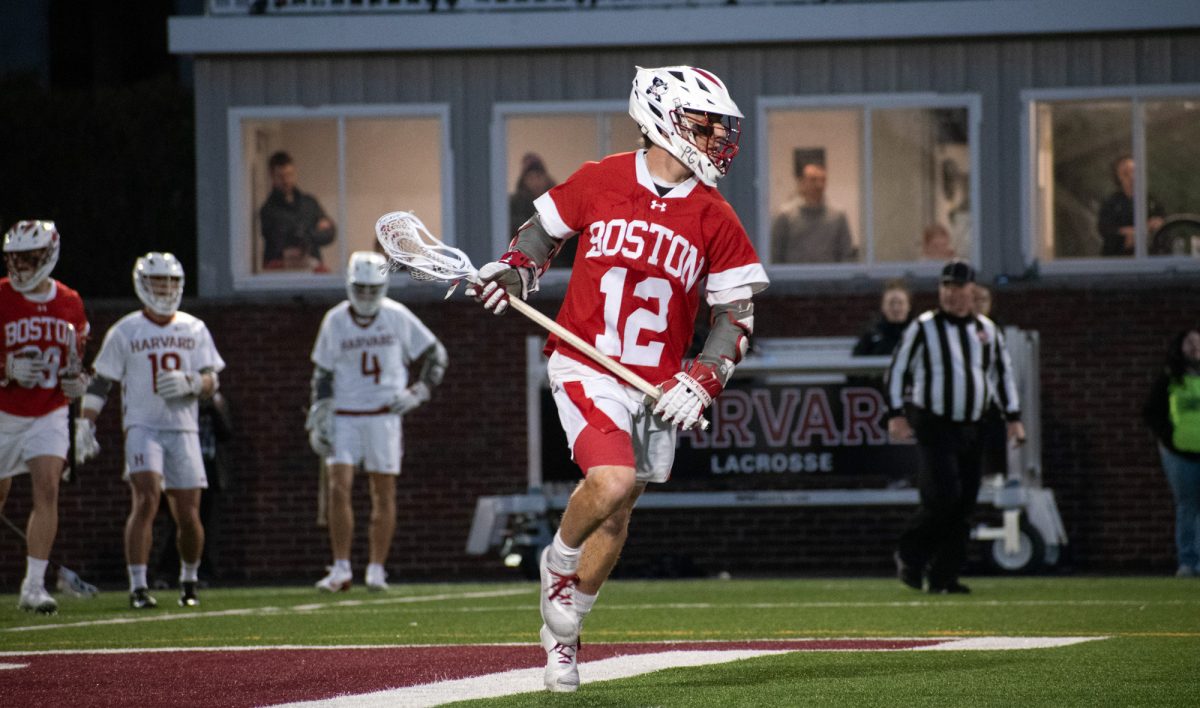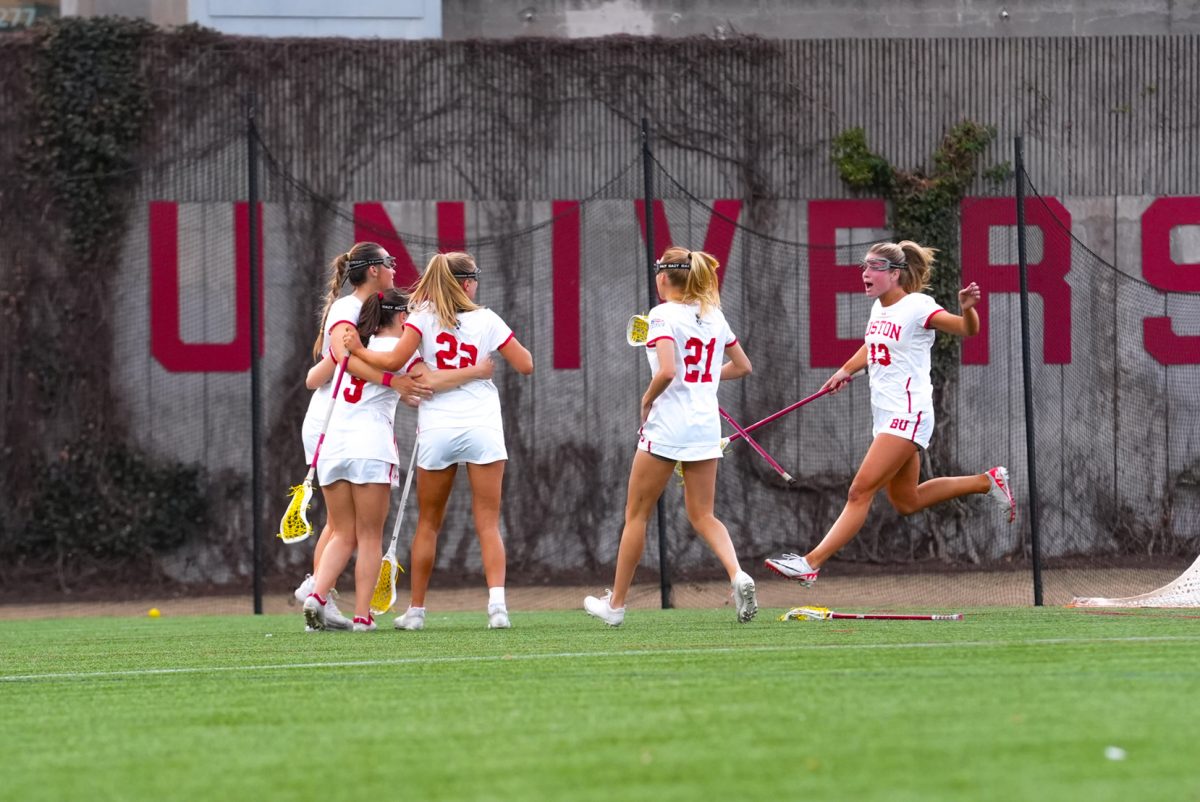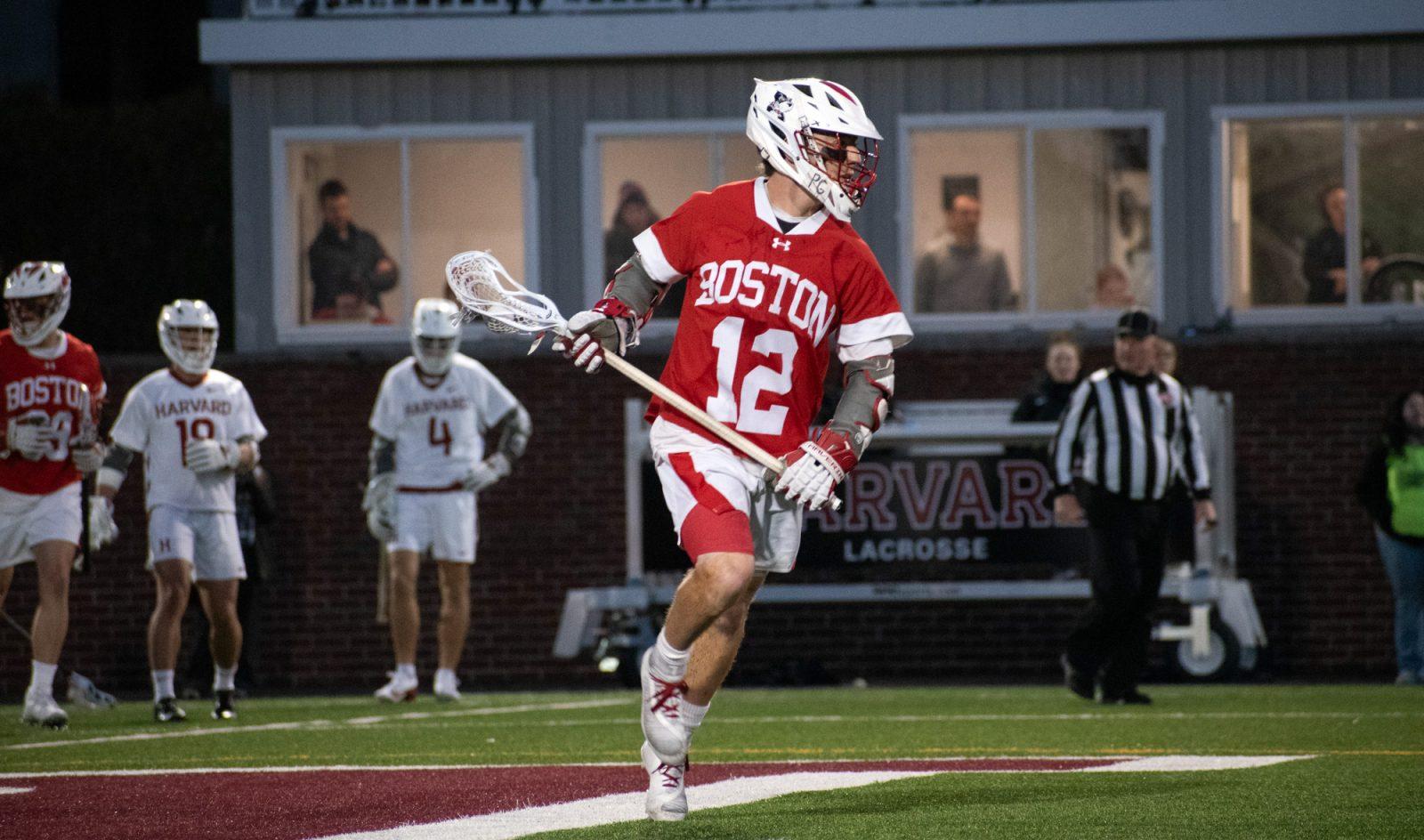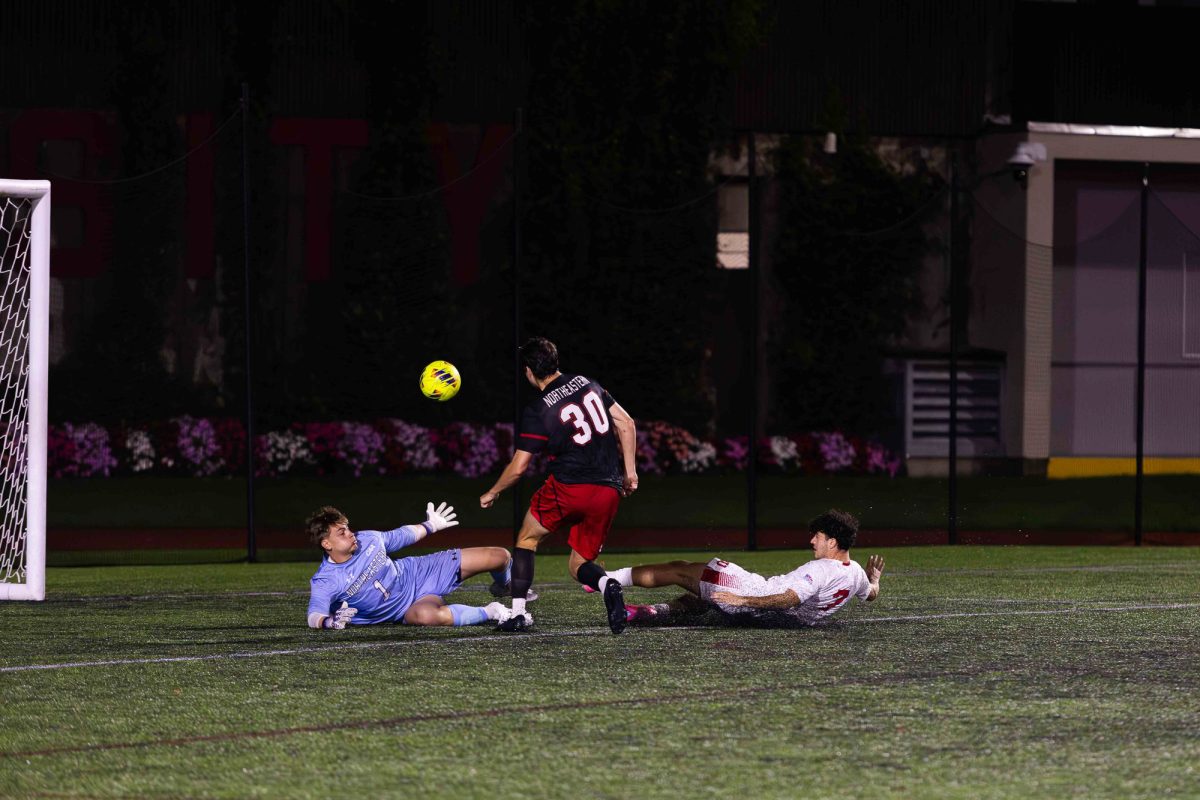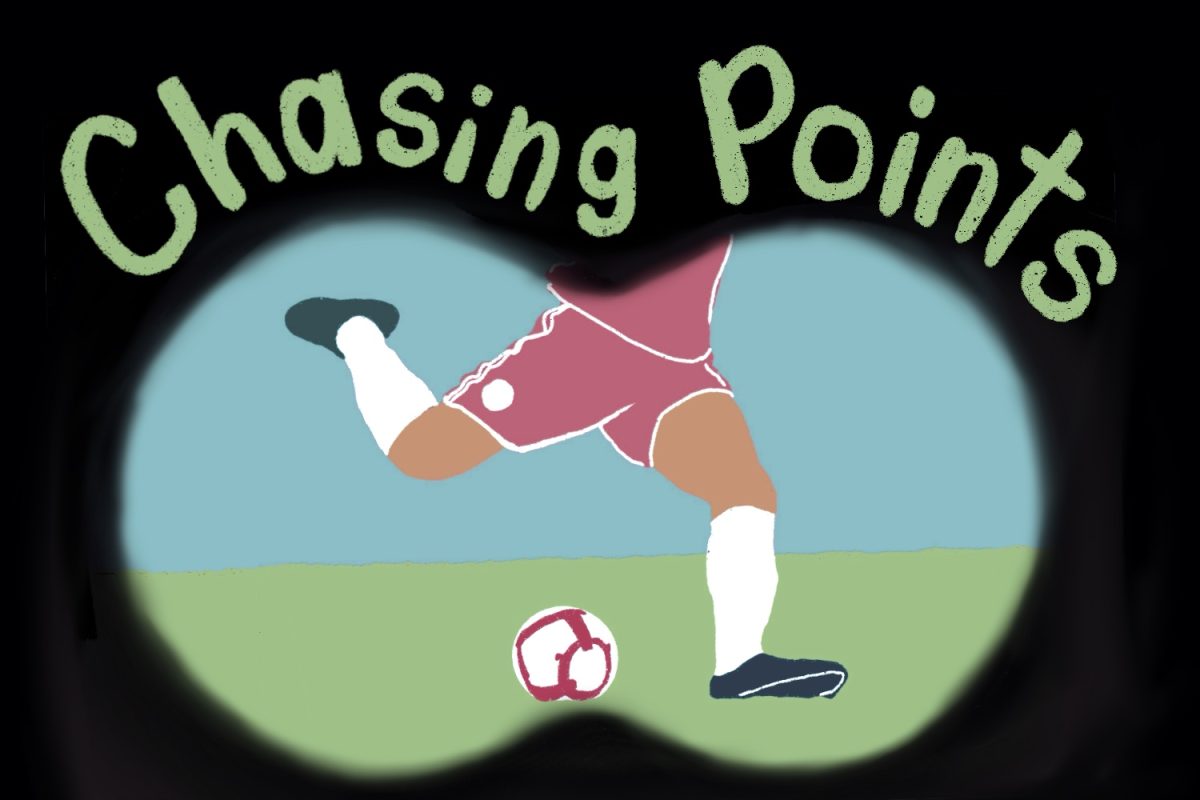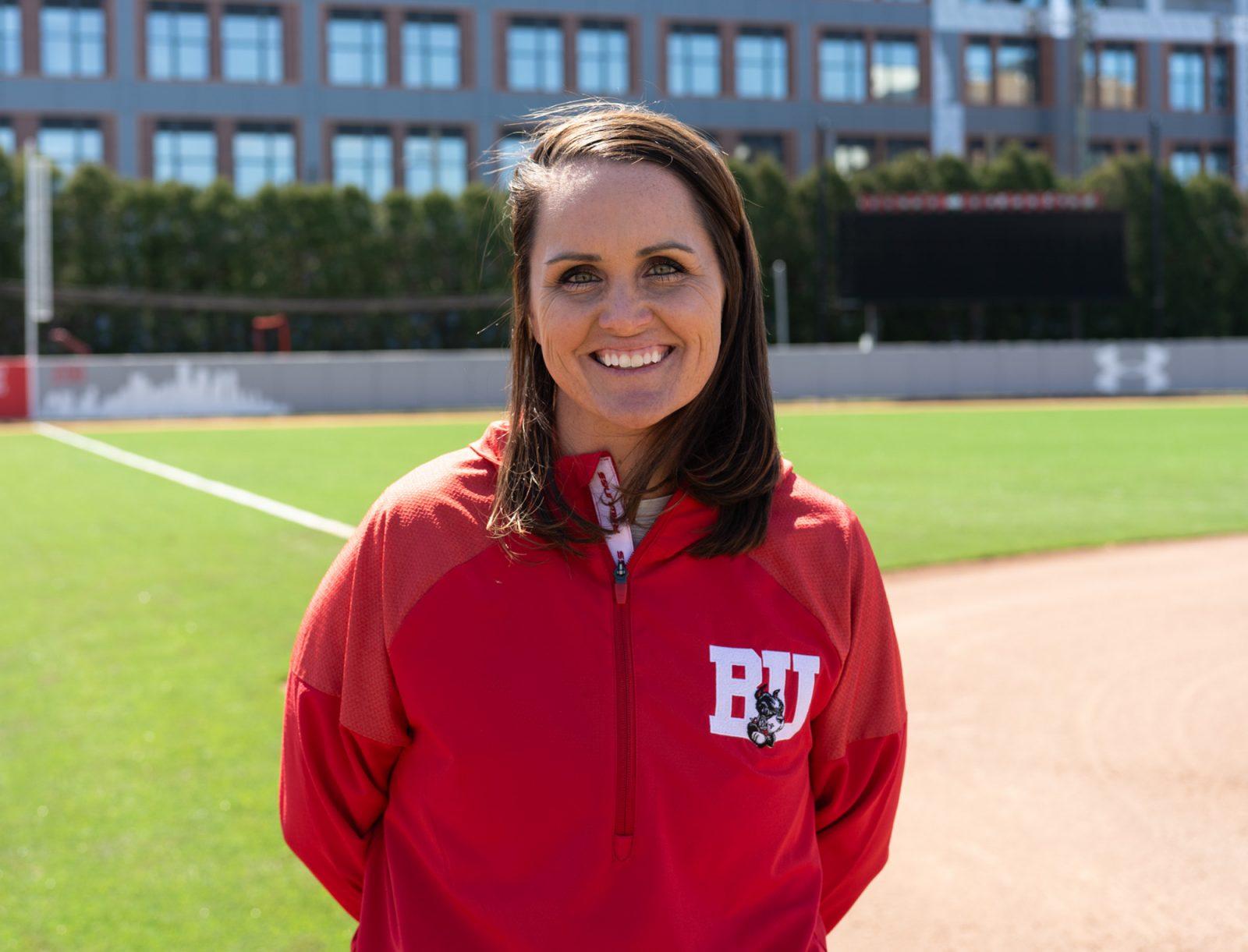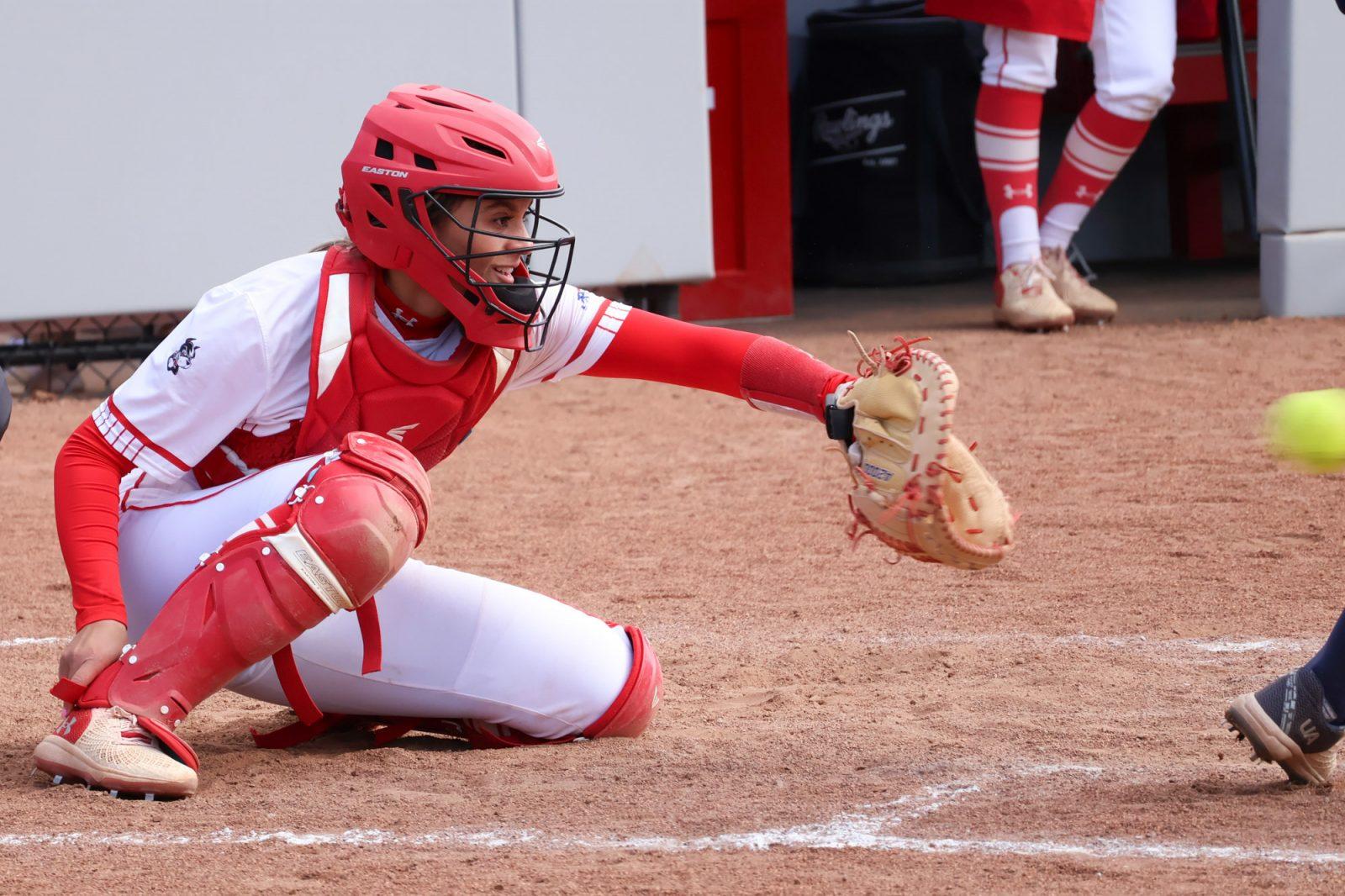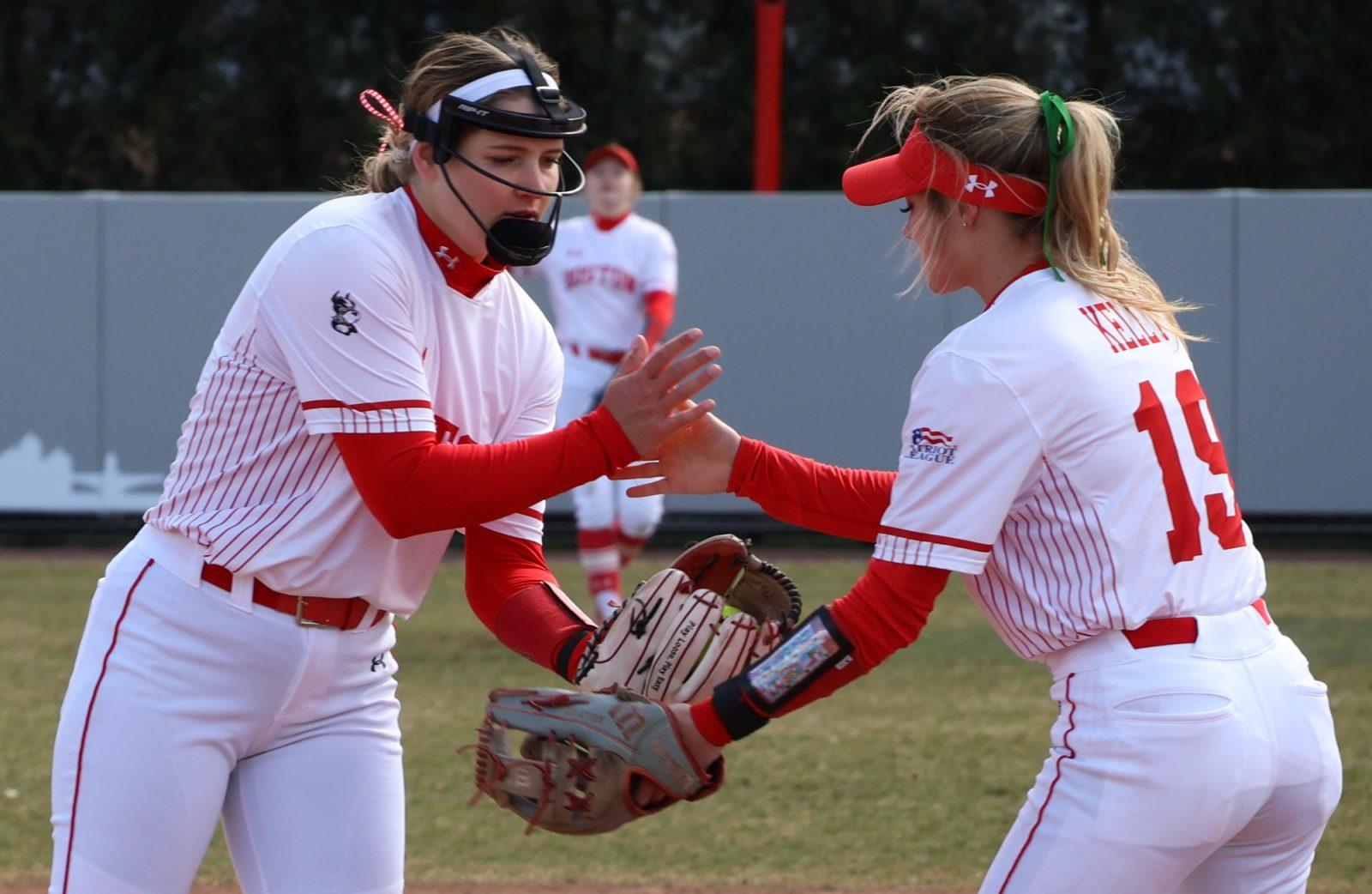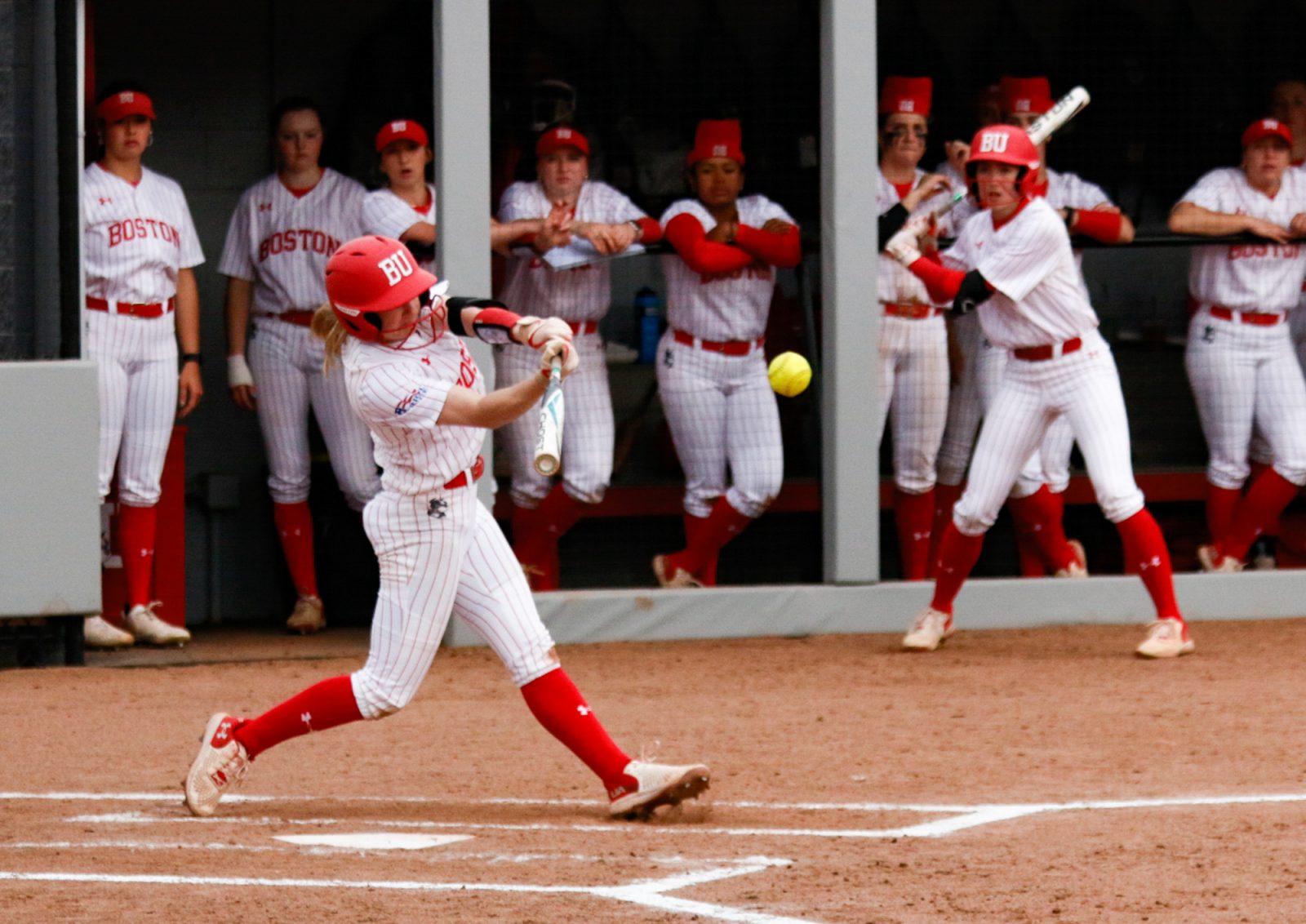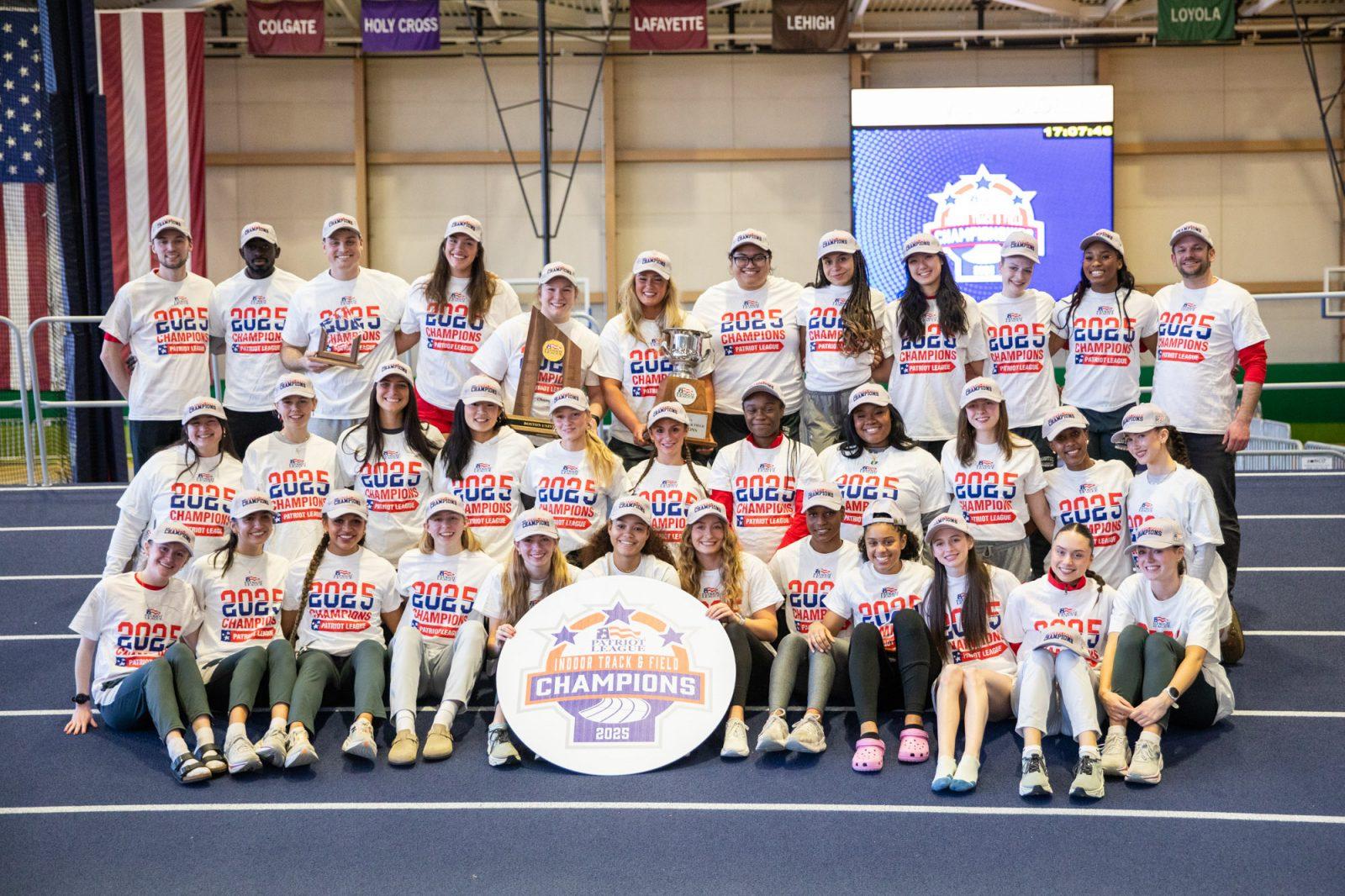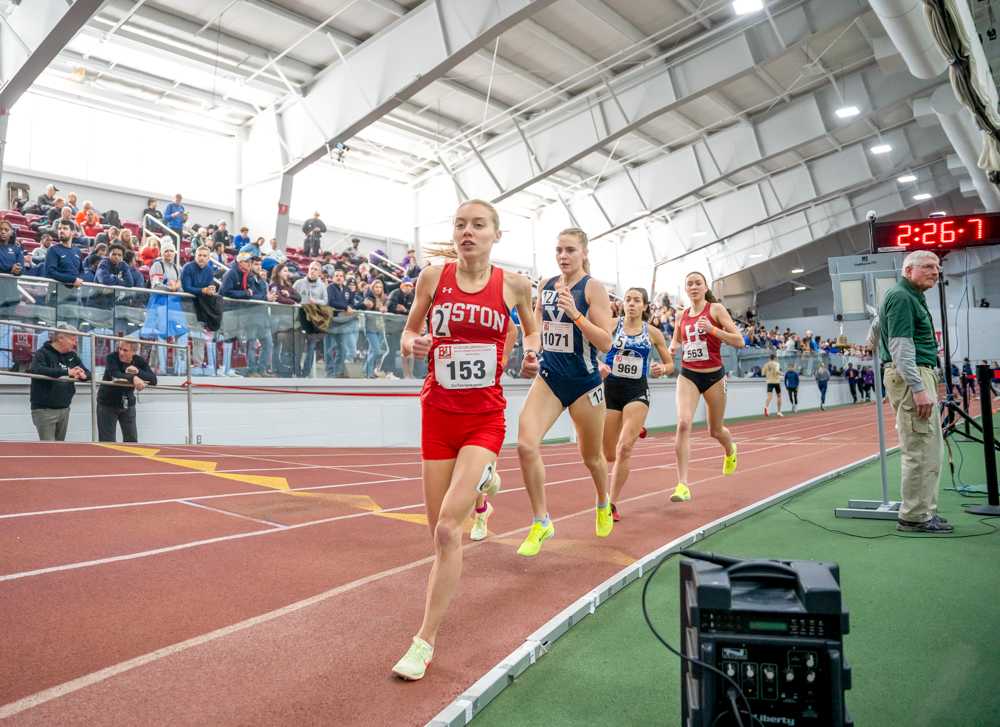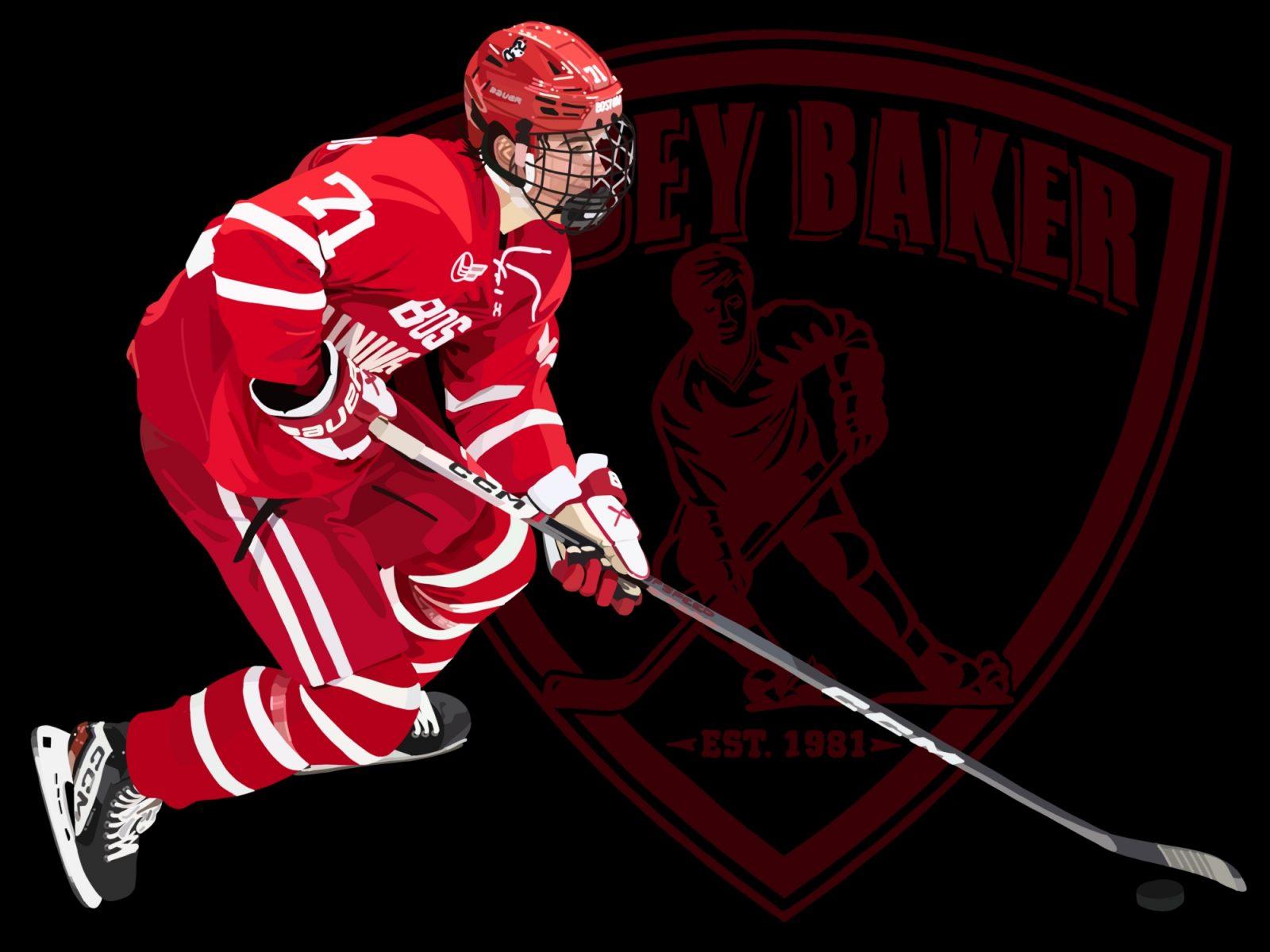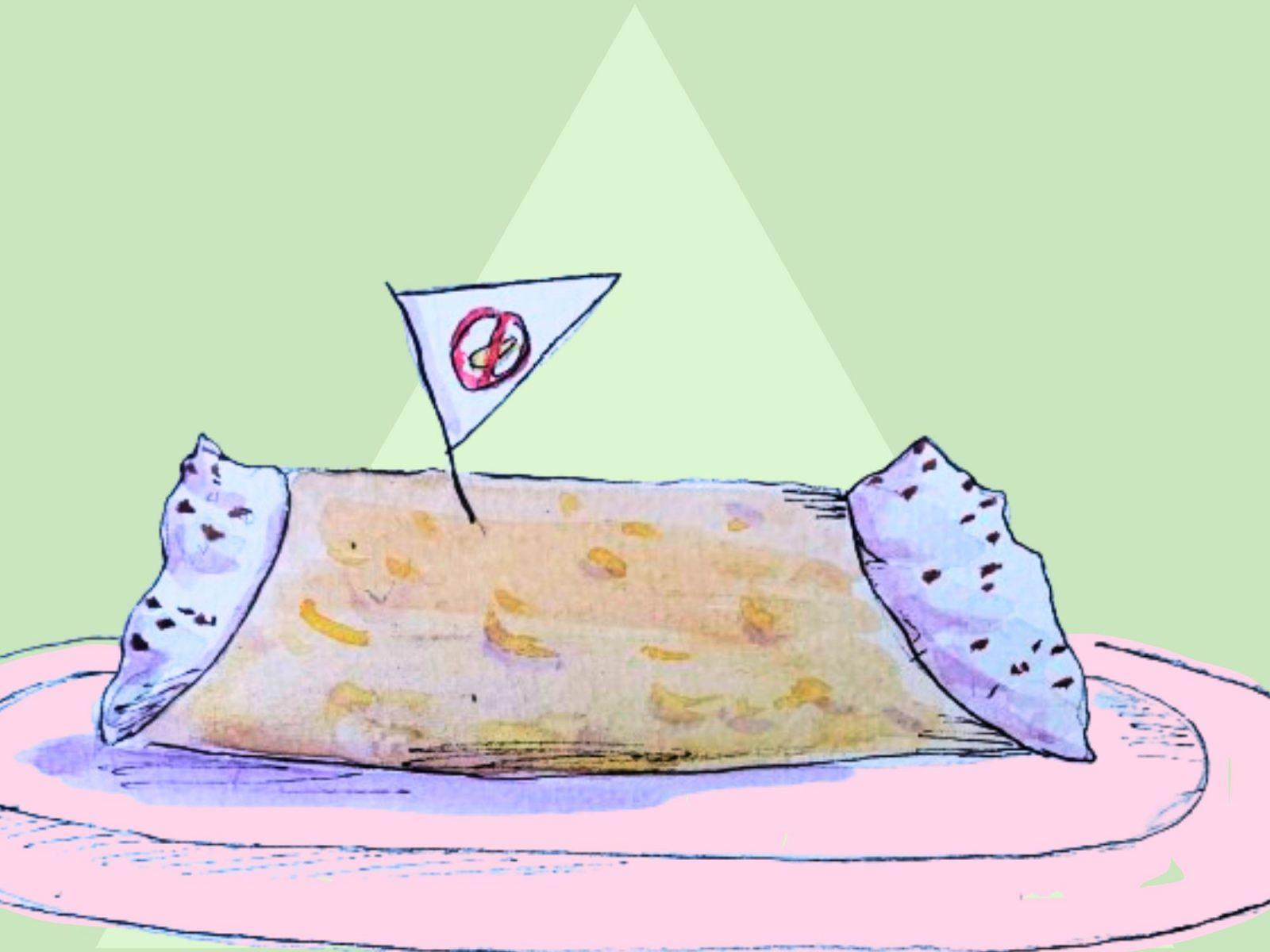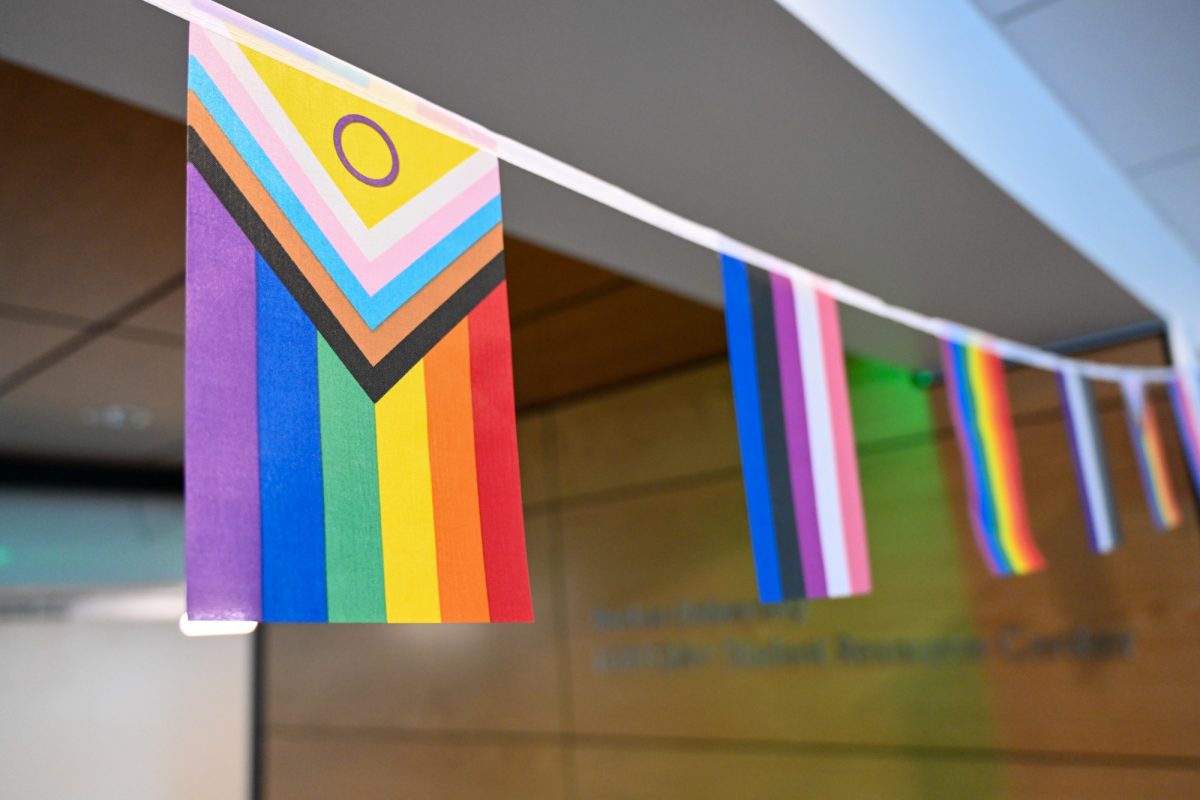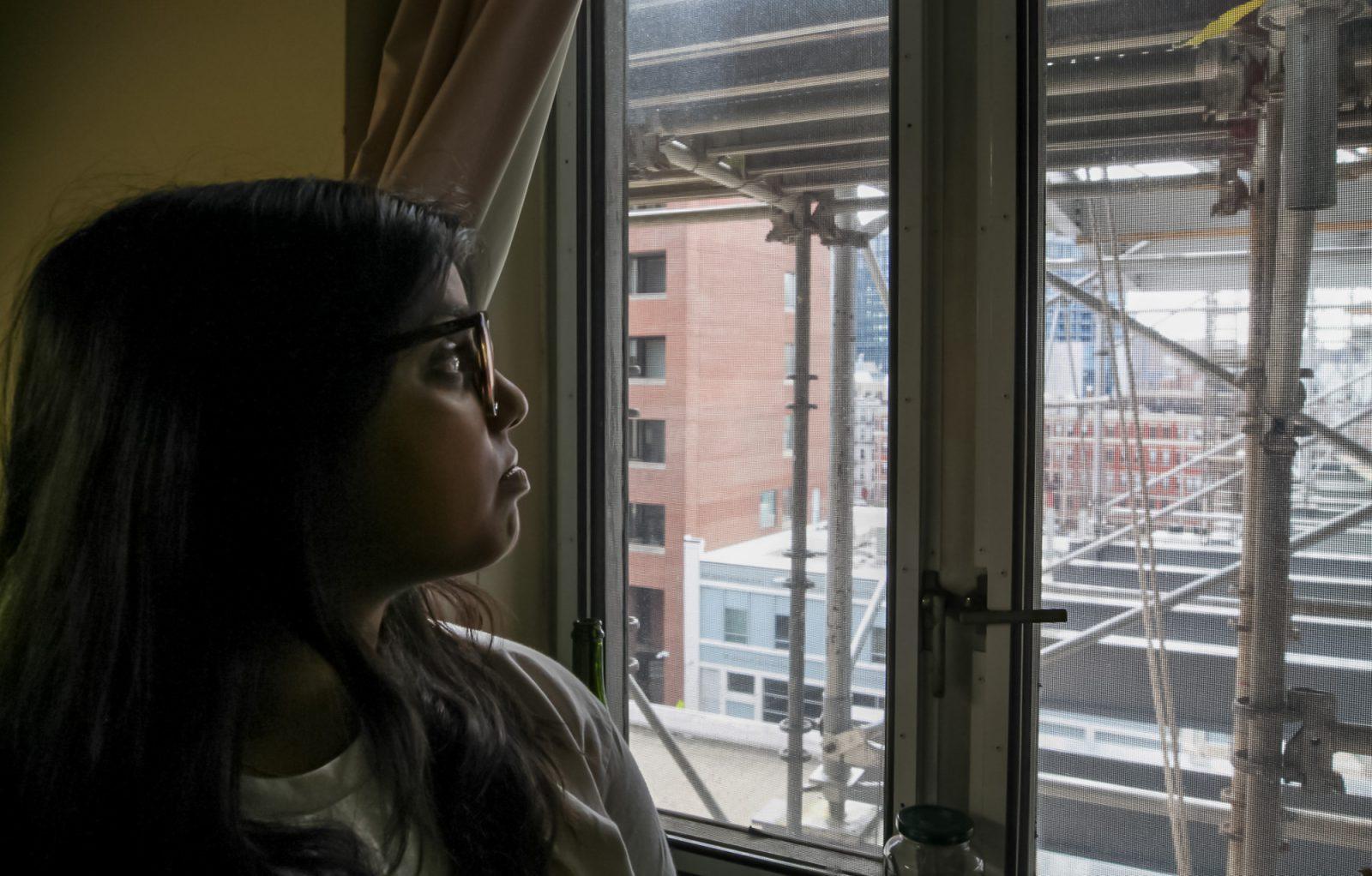Diligent, incredibly talented, overlooked, and underfunded&-welcome to the Boston University Terrierettes, the Synchronized Skating Team on campus. The Terrierettes recently won a Pewter Medal, finishing fourth place at the Eastern Sectional Championship in Lowell. With this placement, they qualify for the National Championship held in Minneapolis the weekend of March 5-7.
“I think it is an amazing feat that our team was able to win a Pewter Medal in the Eastern Sectional Championship, based on the fact that we are a student-run, club sport team,” sophomore transfer Kate Wilson said. “We are up against teams that have full-time coaching staff and even some teams that have varsity status and are funded by their schools.”
The team has come a long way from their start in 1999 under the direction of Barbara Pinch. Since then they have become primarily student run with the assistance of part-time coaching. They elect a President, Vice President, Secretary, and Treasurer who work together to manage the team. Furthermore, a student Choreographer works with their coach to coordinate a full four and a half minute program and teach it to the team.
Synchronized skating as a sport has grown immensely since its origins in Ann Arbor, Mich.
“This Metro-Detroit area is where some of the strongest teams in the nation still exist today,” said senior President and Choreographer Melissa Hampson. “Miami University of Ohio is home to one of the only varsity programs, and is definitely the strongest University team overall. My goal for BU in the future is to gain Varsity status and be able to compete in the Senior division.”
The Terrierettes compete in “both qualifying and non-qualifying competitions against other collegiate teams from all over the US,” according to Wilson. After selecting a team of 12-to-20 girls in the fall, their first competition was the Dr. Porter Synchronized Classic competition in Ann Arbor. This competition is non-qualifying but is great practice for future shows and allows the girls to see other top-ranked teams.
“We have shifted our focus in the past two years to focus on the strong skating skills of the other teams,” said Hampson. “We have a very talented group of girls, but some of us do not have the powerful speed and strength backgrounds that others do. We are striving to increase our power and speed most of all, but also our extensions and overall grace. It can make the difference between first and last in competition.”
The competitions allow twenty skaters on the ice at one time, but generally teams use sixteen with four alternates.
“It is essential to have alternates on a synchronized skating team because it motivates each individual skater to work harder in order to keep their own spot for the competition,” said Wilson.
Teams are scored based on the newly standardized International Judging System, which includes the Technical Element score and the Program Components score.
“With the new system, it is a lot more scientific and there is little room for judges to be subjective,” said Wilson. “In order to win, you need to deliver a beautiful program that is also technically strong.”
The Terrierettes like to diversify the music selection and style they use in their program each year.
“Our routine this year is to music from the Blue Man Group,” said Hampson. “I think it is very easy for teams to get stuck in a rut and skate to very expected and unoriginal music choices. Our goal has always been to follow our own inspirations and do what we find fun and different.”
Aside from their diversity of song selection, the Terrierettes are in a unique position compared to their competitors in that they are a primarily student run team. As a club sport, they are already underfunded for the expensive fees involved with skating. Along with this weakness, the student leadership at times poses problems, but generally works in the girls’ favor.
“It is hard for the President and/or Choreographer to be a skater at the same time as coaching and managing the team,” said Hampson.
However, Hampson explained that their unique set-up gives almost all control to the students, which the team certainly enjoys. Many of the girls appreciate their distinctive student set-up.
“I think one of the main advantages of being a student-run team is that we have a very tight bond,” said Wilson. “Each skater is encouraged to give constructive feedback, and in this way, you get a lot of insight and perspectives on how a problem-area in a program can be fixed… It [also] gives many girls excellent leadership opportunities which carry over into life experiences.”
Another unique aspect of BU’s synchronized skating team is their acceptance of skaters at all levels. Although this poses a challenge in bringing everyone to the same speed, it adds an interesting dynamic to the group.
“Before we put certain elements in the program, we test them out beforehand to see if it looks like something the team can do,” said junior Jenna Raheb. “If so, we put it in the program. If not, we modify it or try something new. In order for the program to work, everyone needs to be able to do each element.”
According to Hampson, the team has become much younger due to a number of girls graduating over the past two years. Although this changes leadership, she said that the young girls are adjusting well to the program.
“The older girls are always there to help, and the younger skaters look up to them as role models,” said freshman Christine Clarke. She believes the adjusting period requires skaters “to learn how to balance school with skating and your other activities.”
The entire team has been working very hard to achieve their goals and the hard work has paid off. Their qualification for Nationals is an important step in their season.
“Our main goal was to qualify for nationals this year and we met that goal,” Raheb said. “Now that we’ve met this goal, our next step is not so much to focus on our strengths but to take our weaknesses and make them our strengths as well.”
The National Competition will have the best of the best and BU is ready to compete.
“For our freshman that have not done synchronized skating in the past, it is a great experience for them to see the magnitude of these competitions,” Hampson said. “As a Michigan native, I would love for Boston University to go in and kick some Michigan and Midwest behind.”
Before they reach this final competition of the year, the Terrierettes will have their first ever opportunity to perform an exhibition at the BU men’s hockey halftime on Sat., Feb. 20.
“It has been my own personal goal since my freshman year for us to perform at a BU men’s hockey game,” Hampson said. “I think that it will be a huge advertisement for us on campus, to gain more BU support and spirit.”
The Terrierettes are all very excited to promote awareness about their team and hope that hockey fans or not, students will come support their efforts.
“Most of the time when I tell people I am a synchronized skater the response is always “what’s that?'” Raheb said. “By skating at the hockey game, people will know who we are.”
With this exhibition, the synchronized skating team will hopefully have more students recognizing both BU’s own team and the sport as a whole.
“I would love to live to see synchronized skating in the Olympics, gaining the recognition it deserves,” Hampson said. “It is a very hard and athletic sport. It takes into account not only being athletic, in shape, able to skate, and personal skating skills, but one must also have great spatial awareness, and an ability to work as a team and deal with problems with a large group.”


